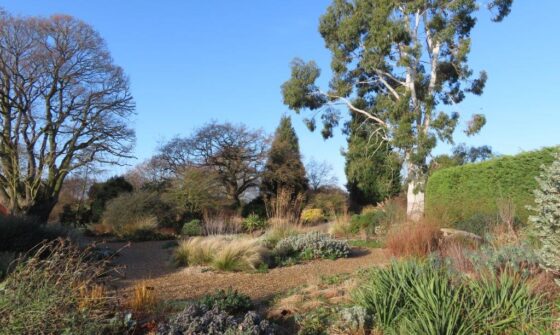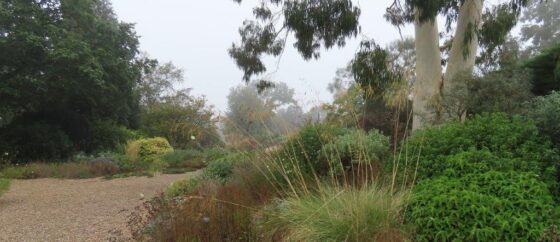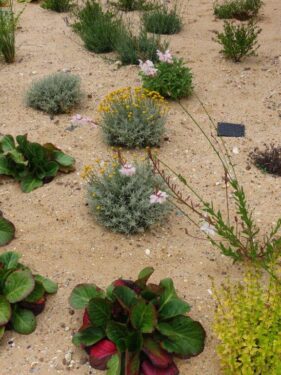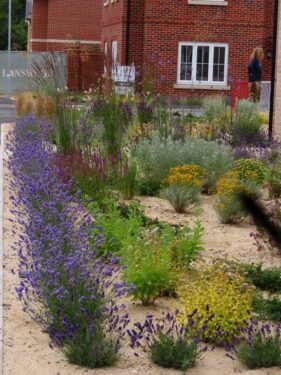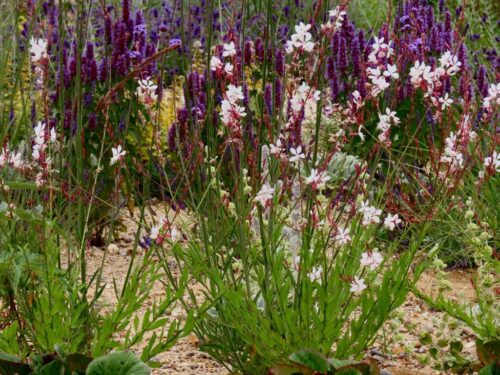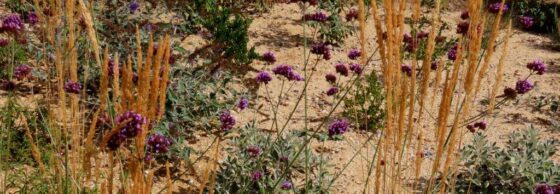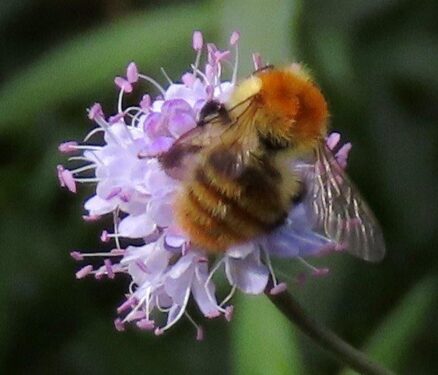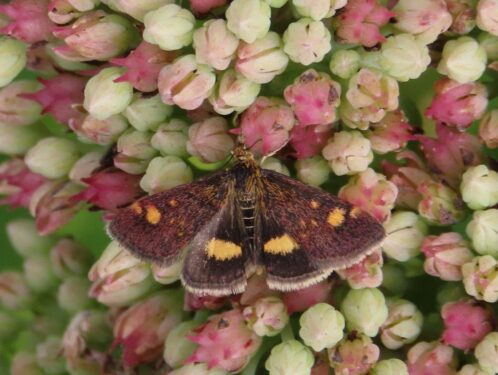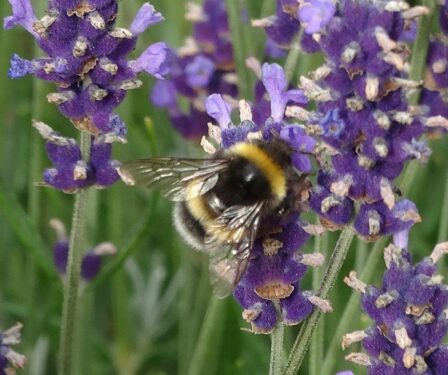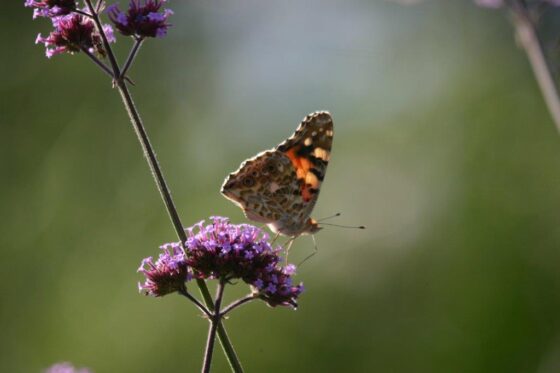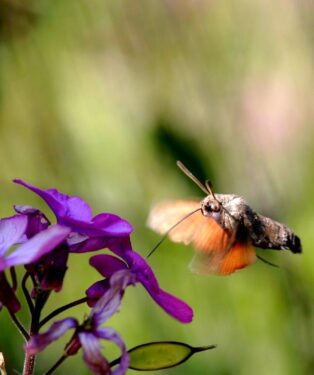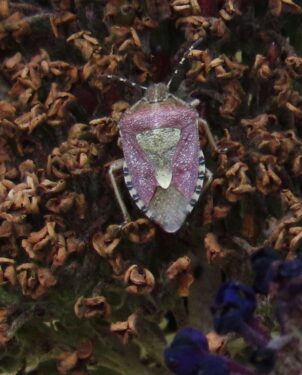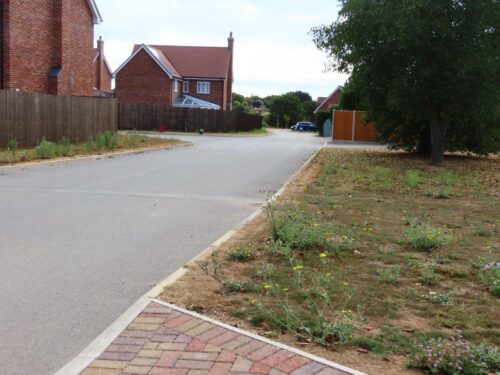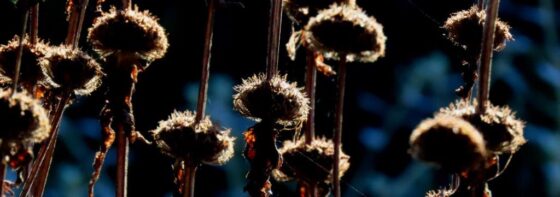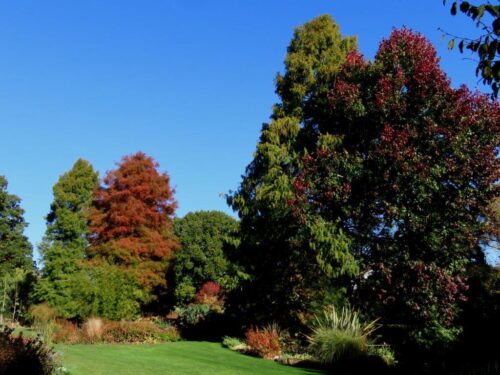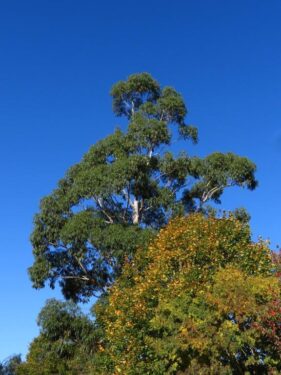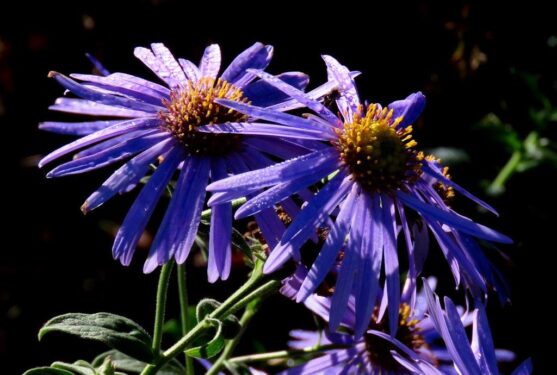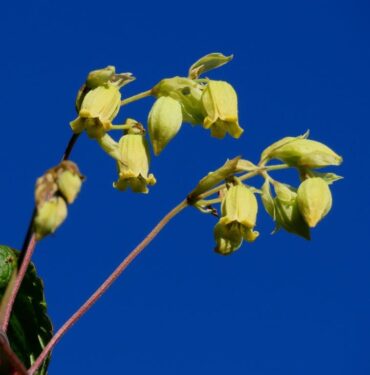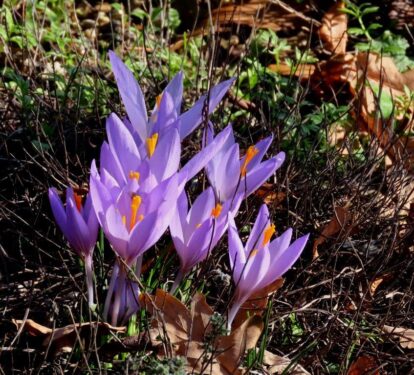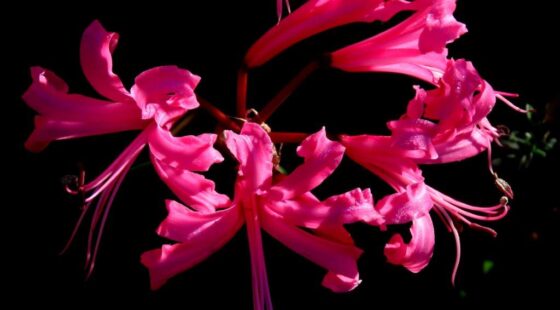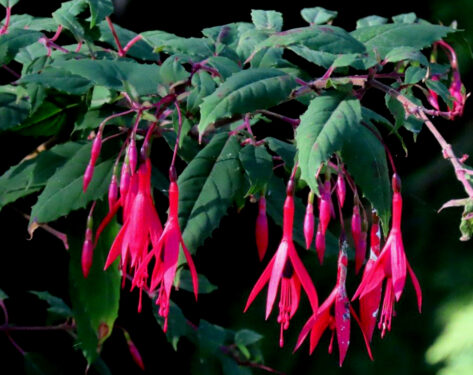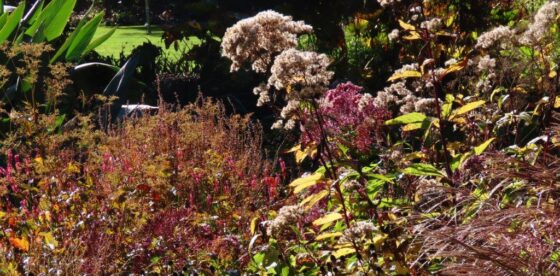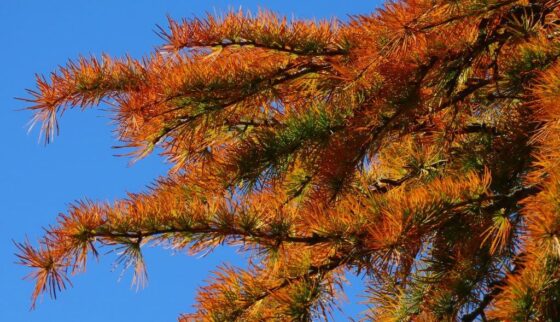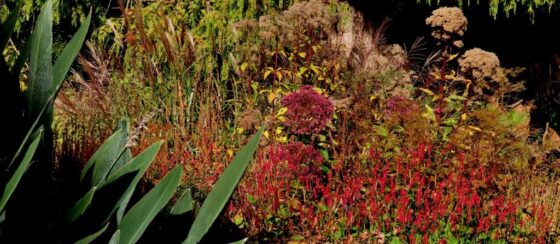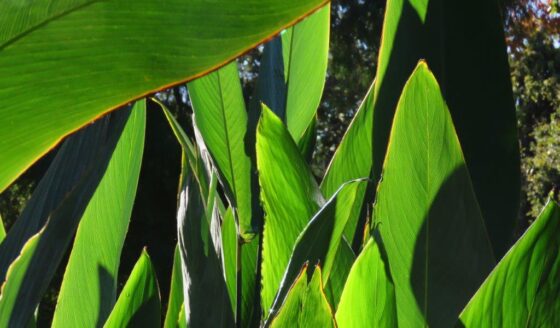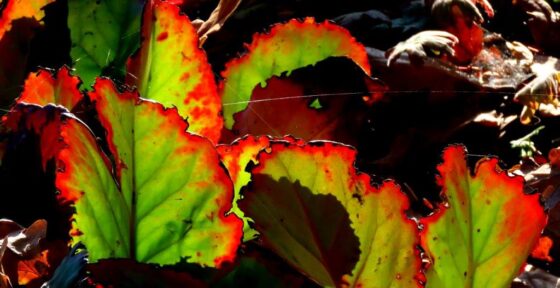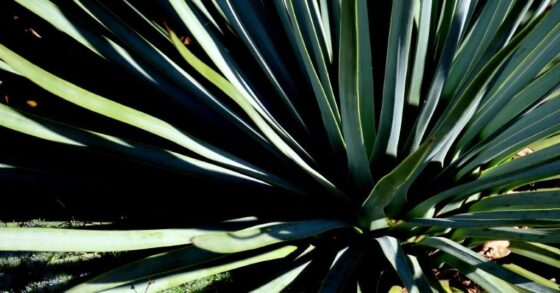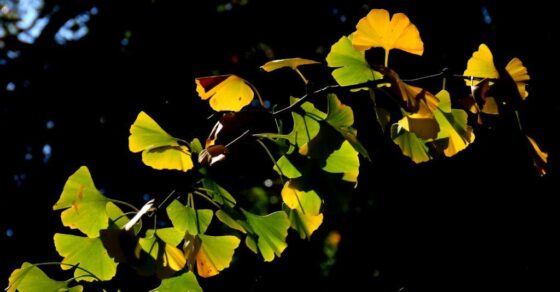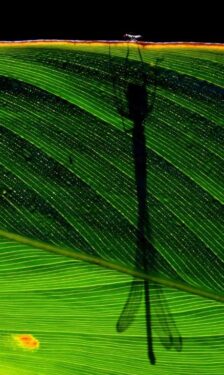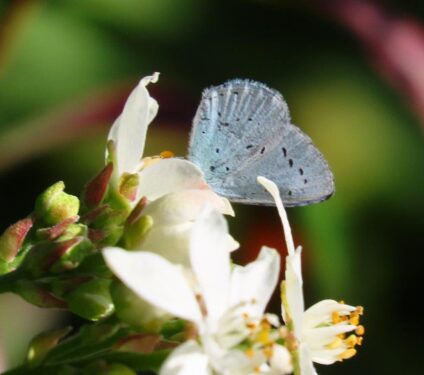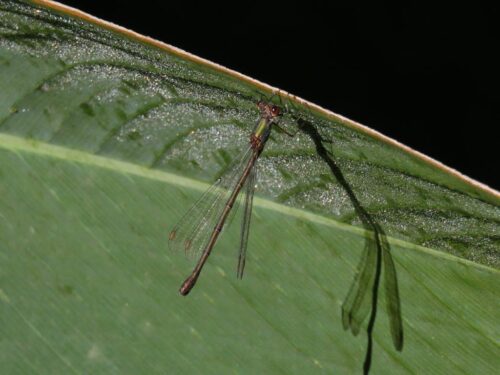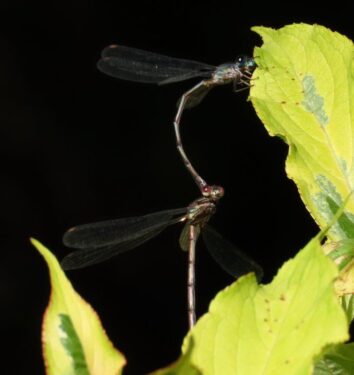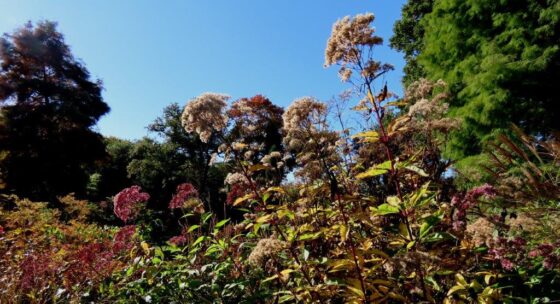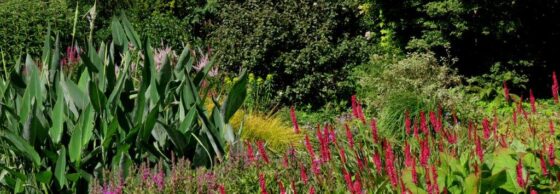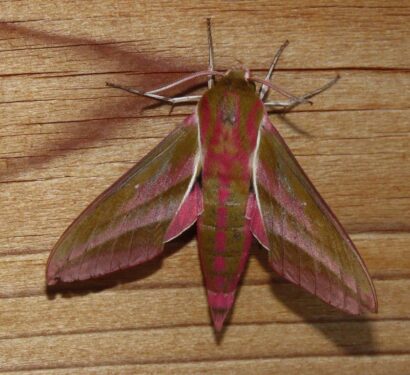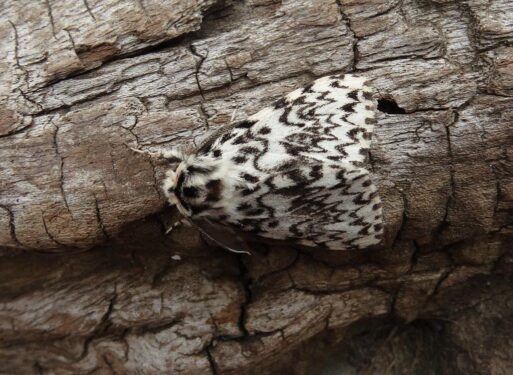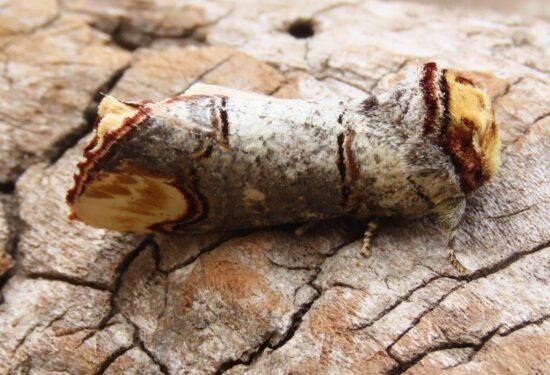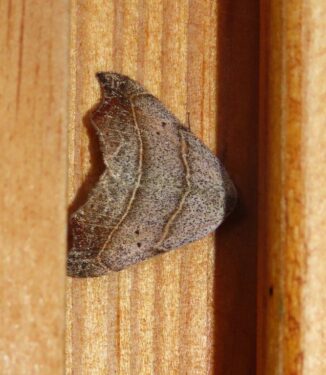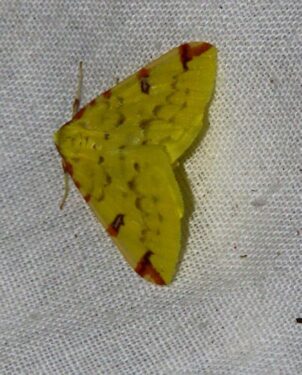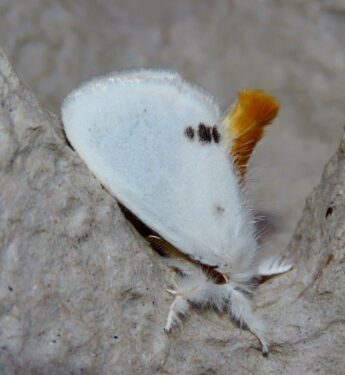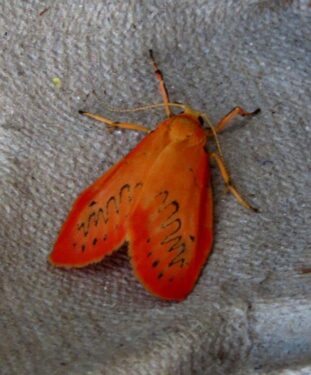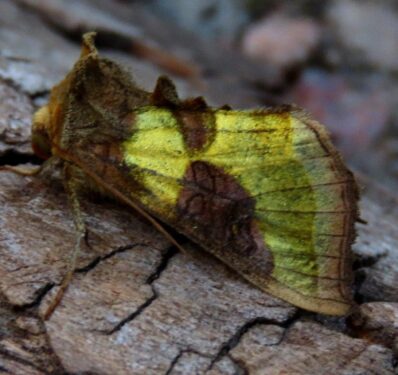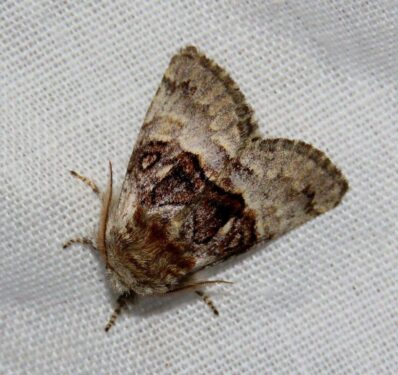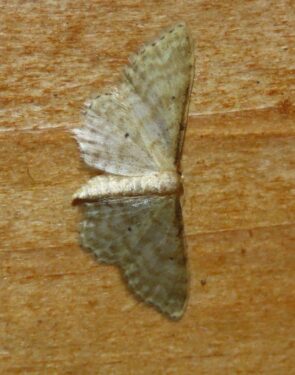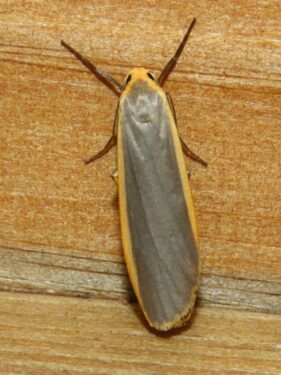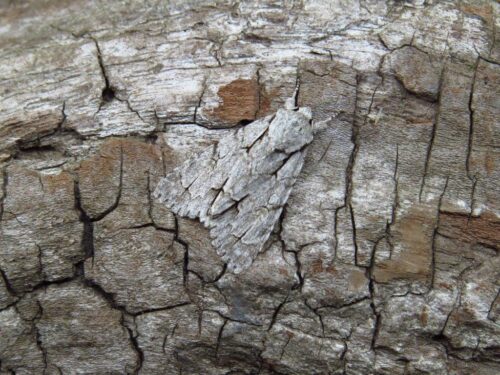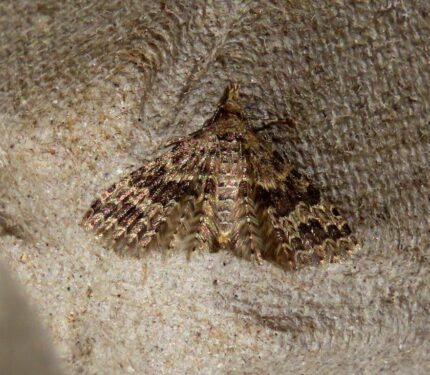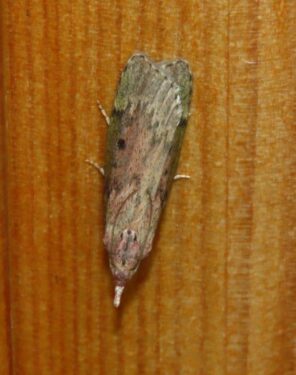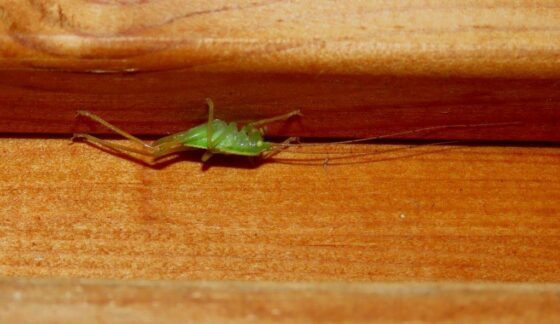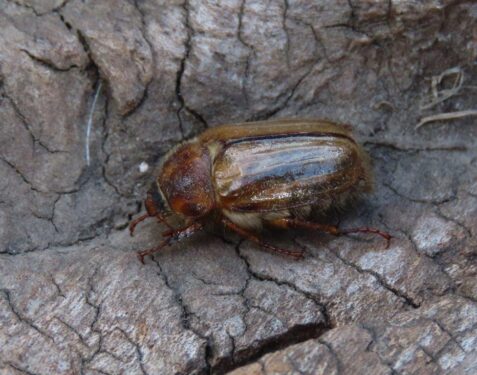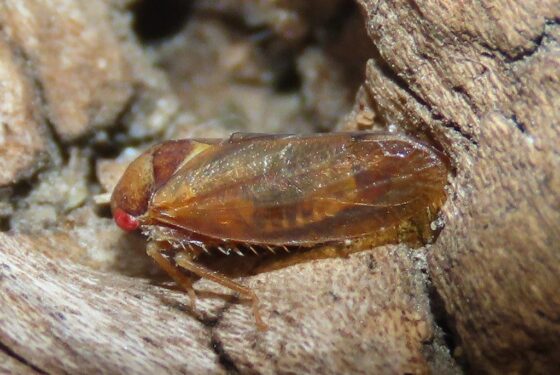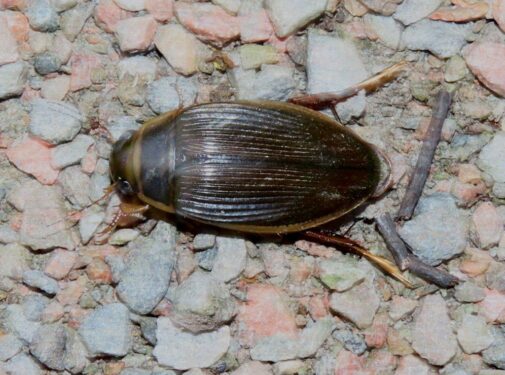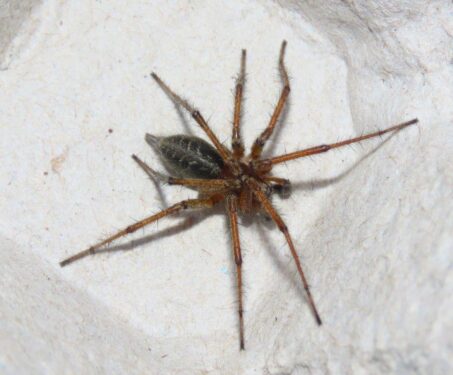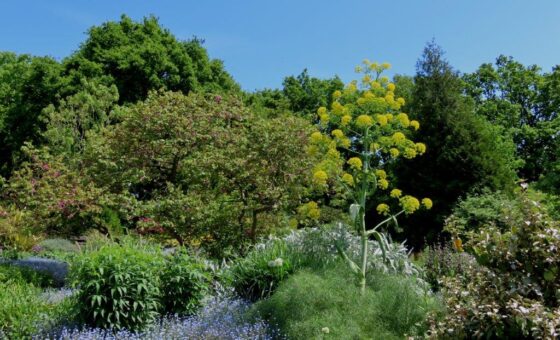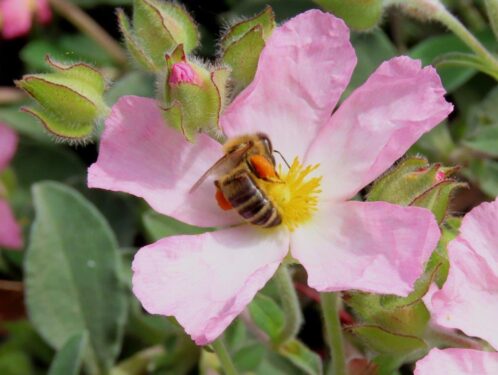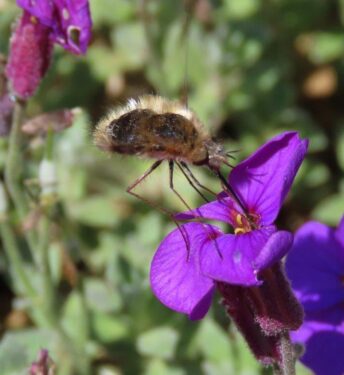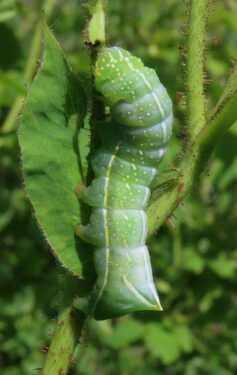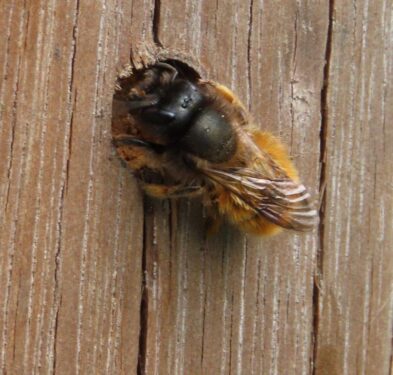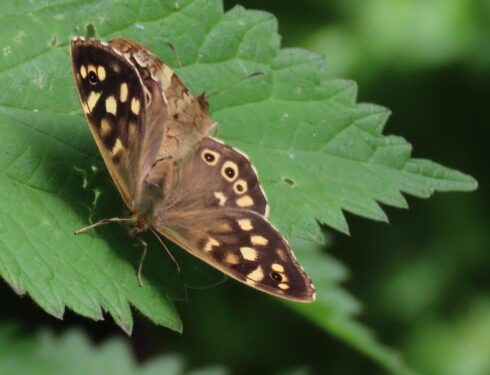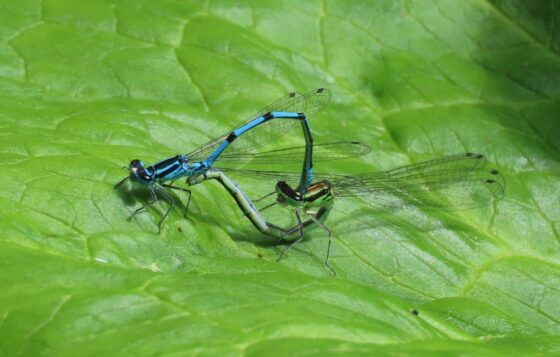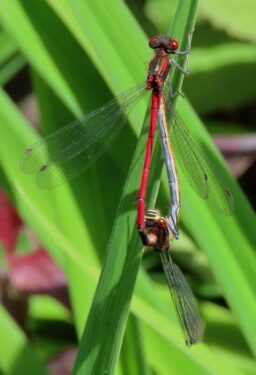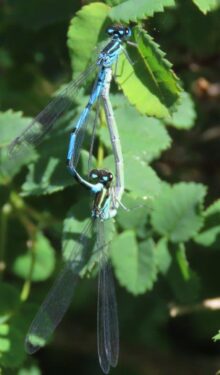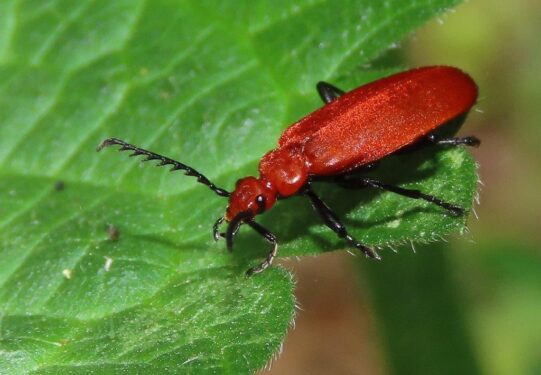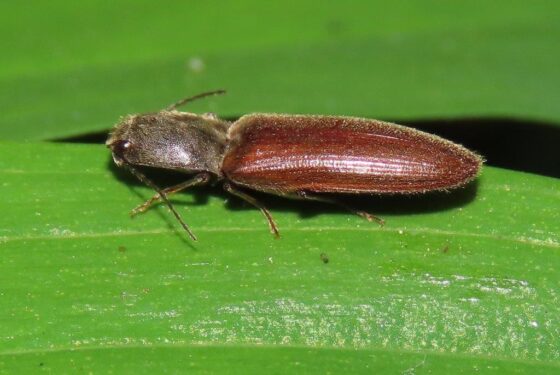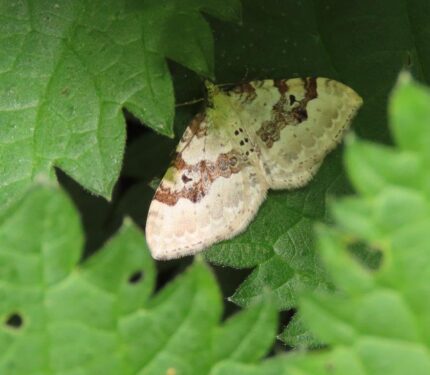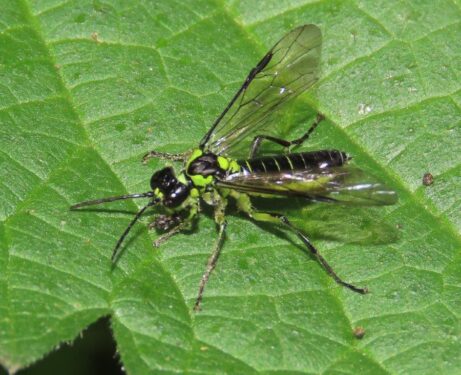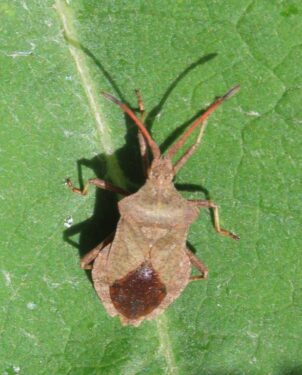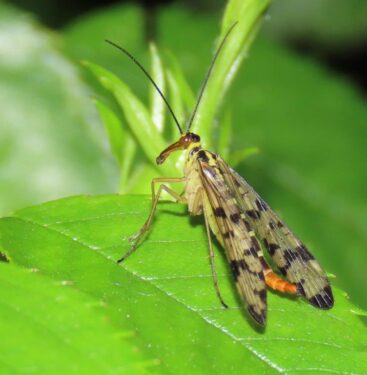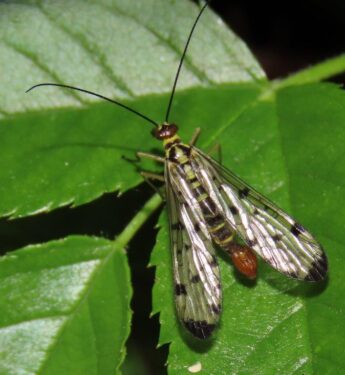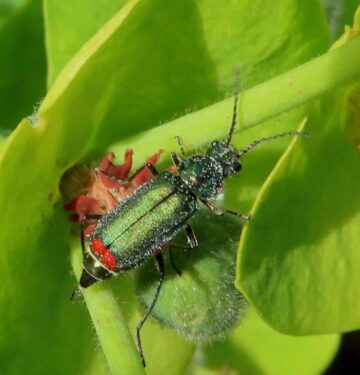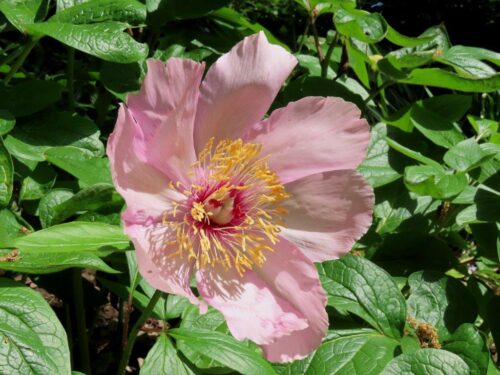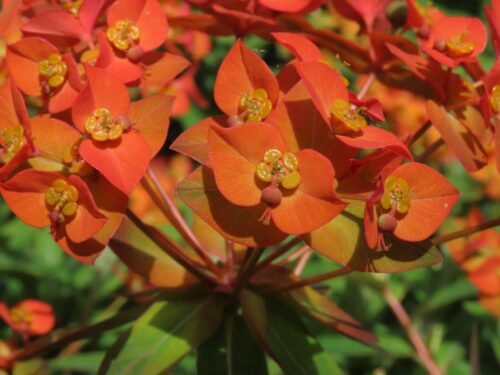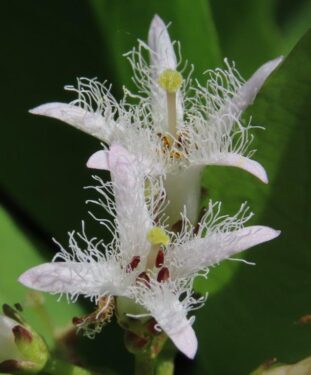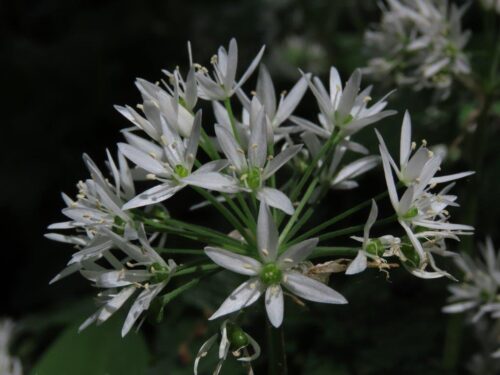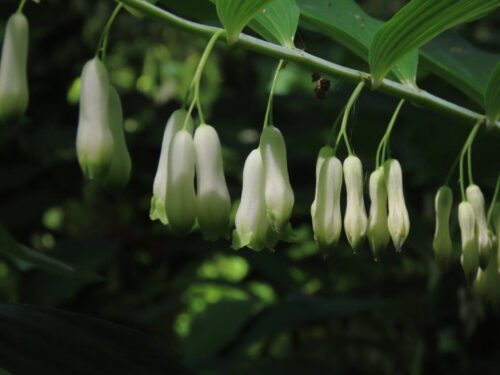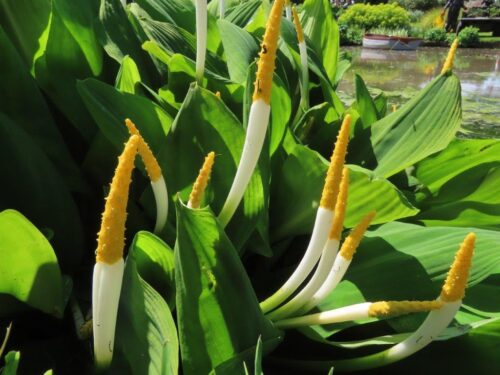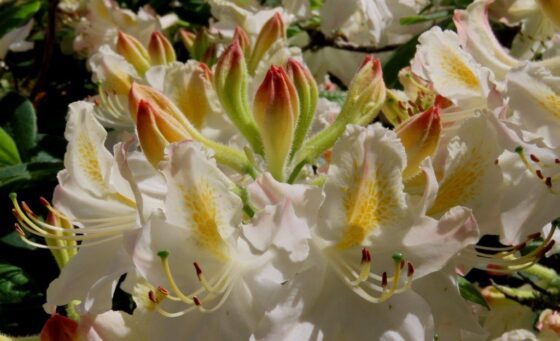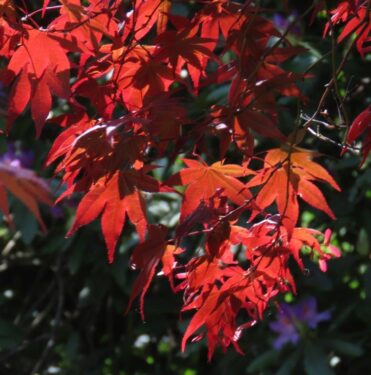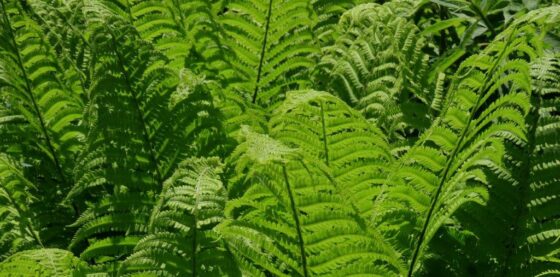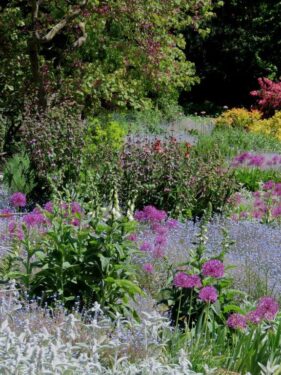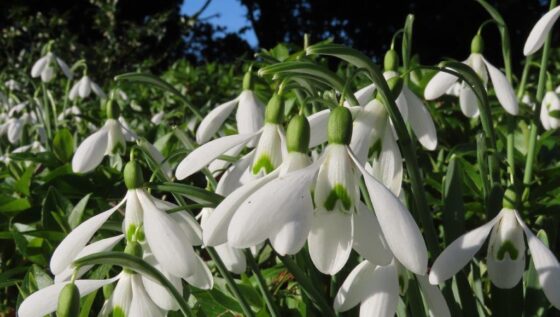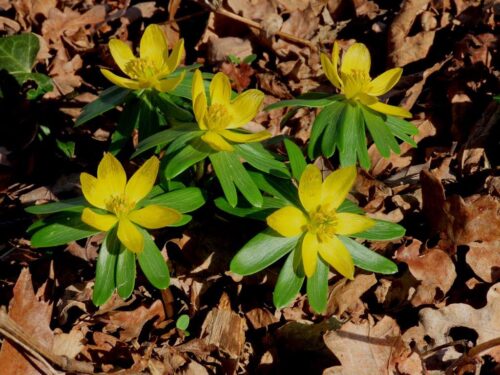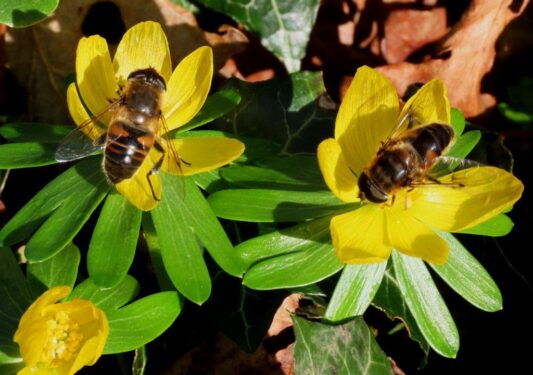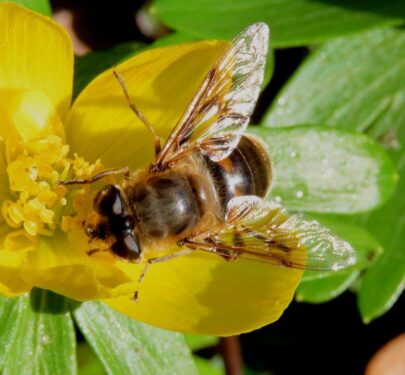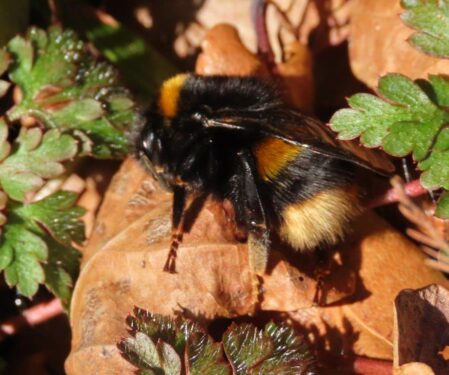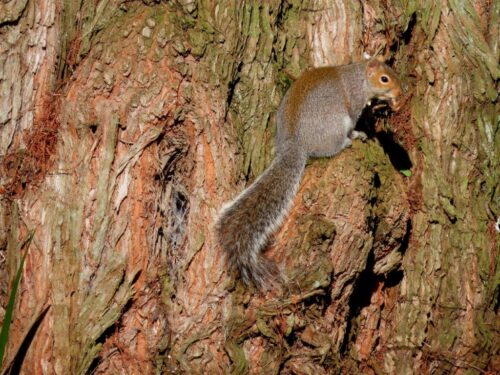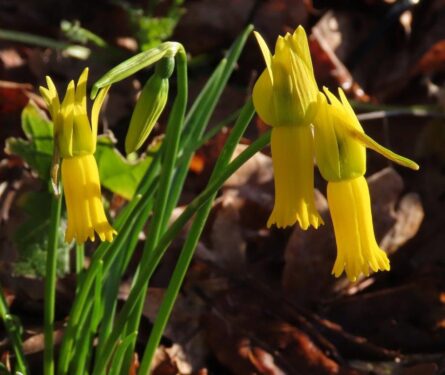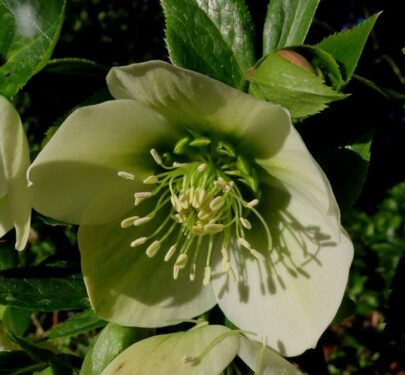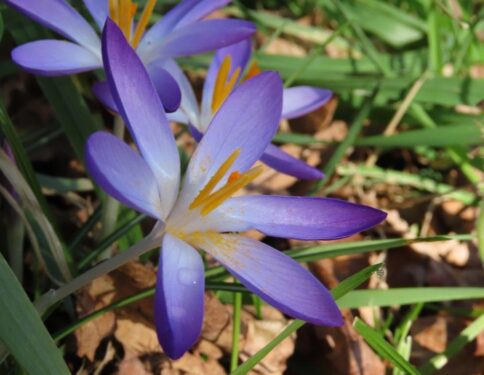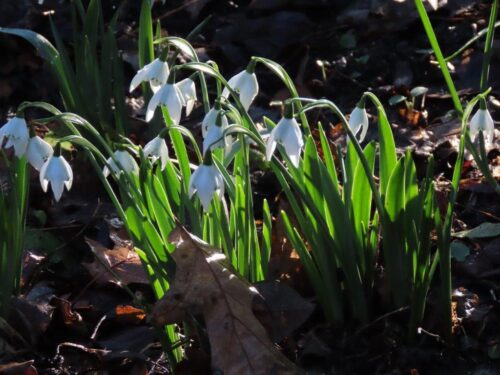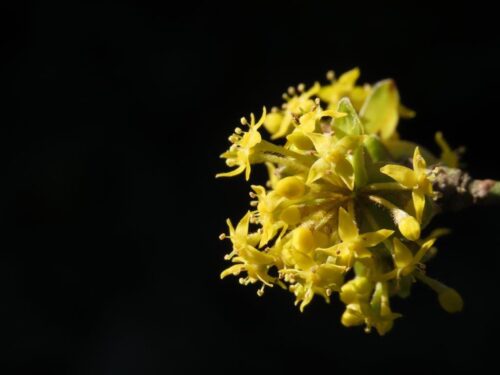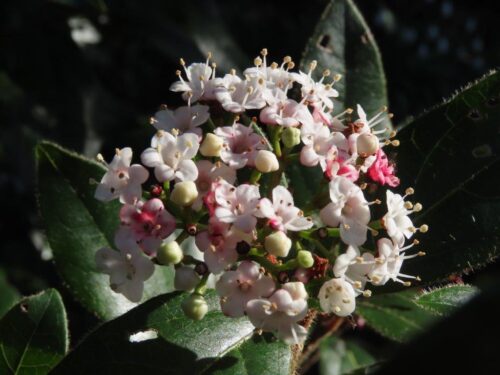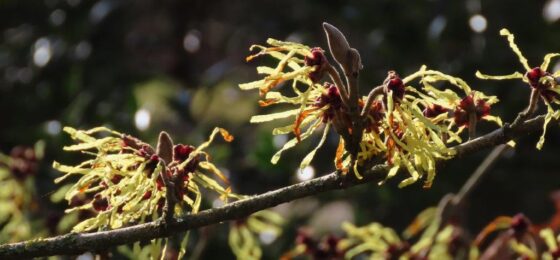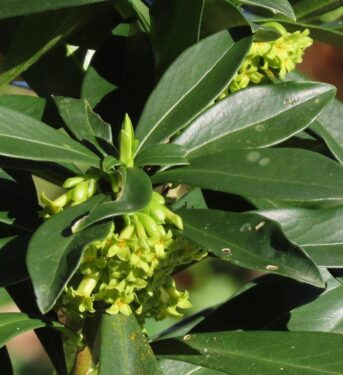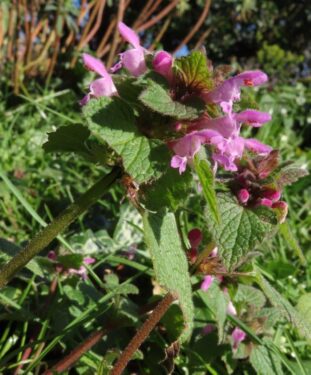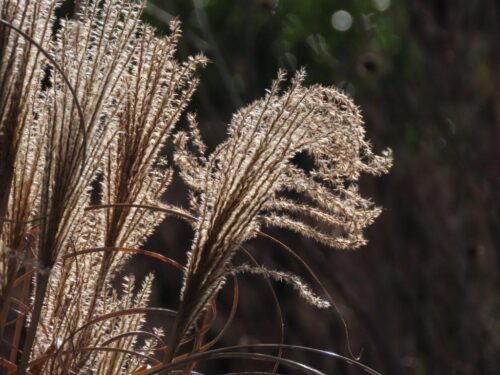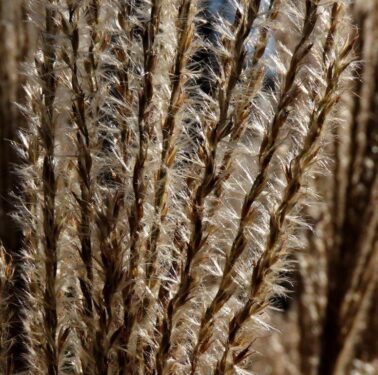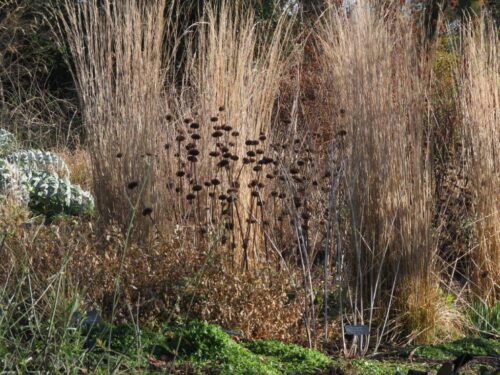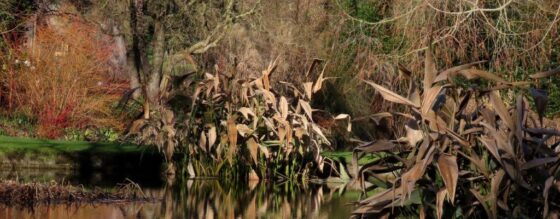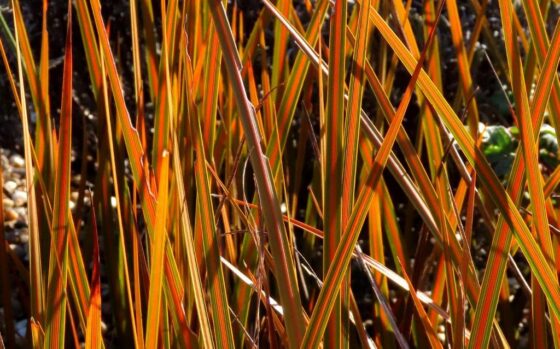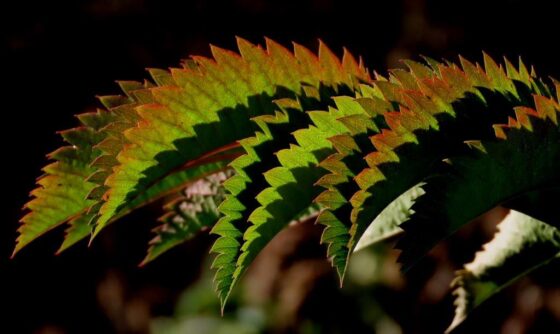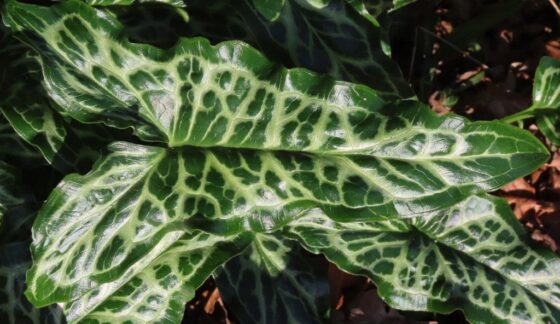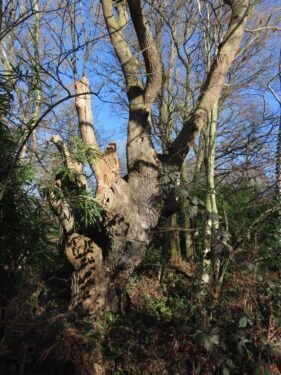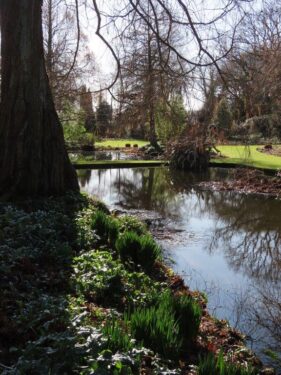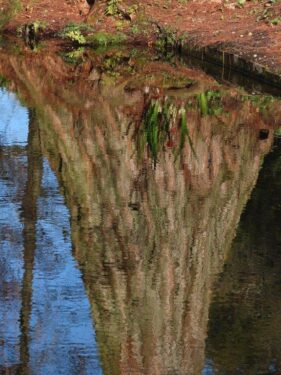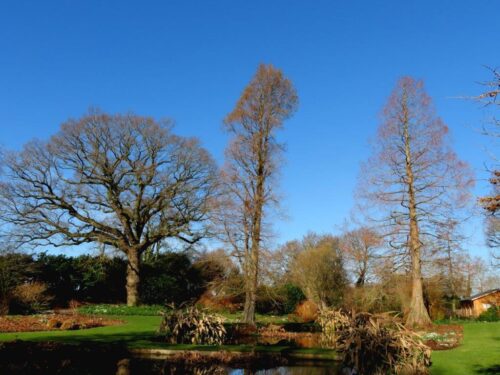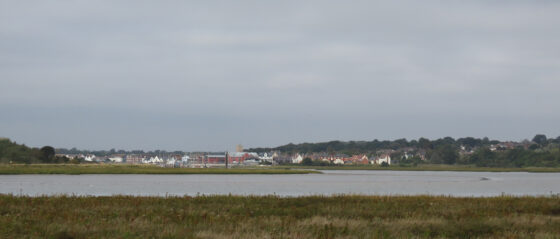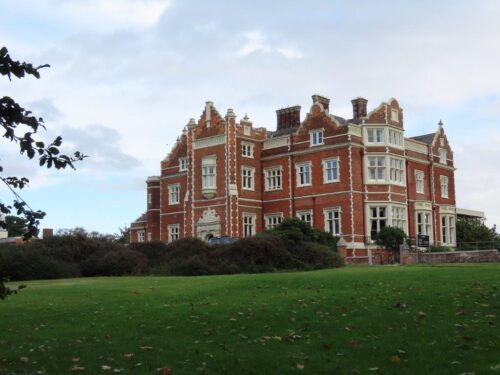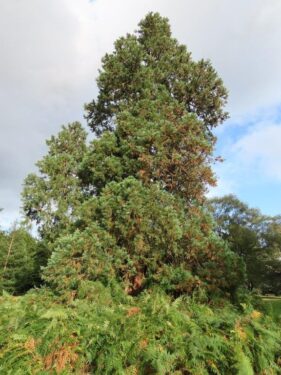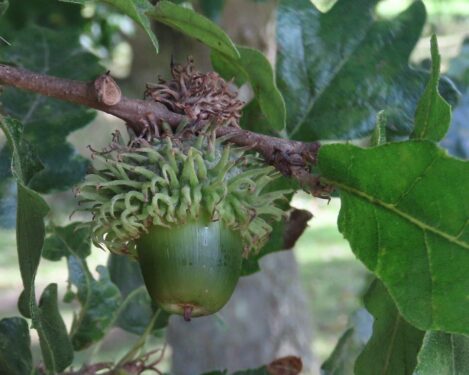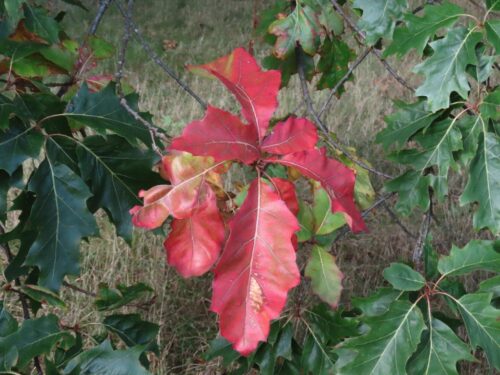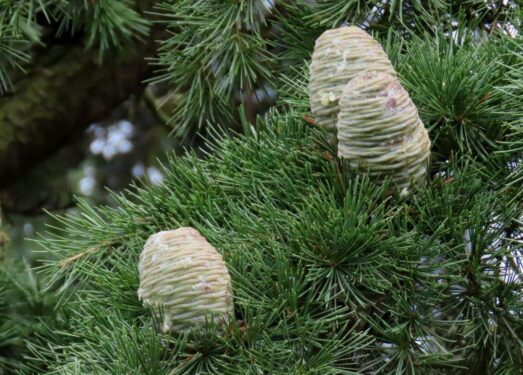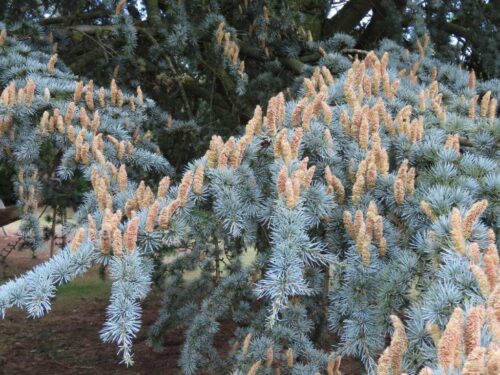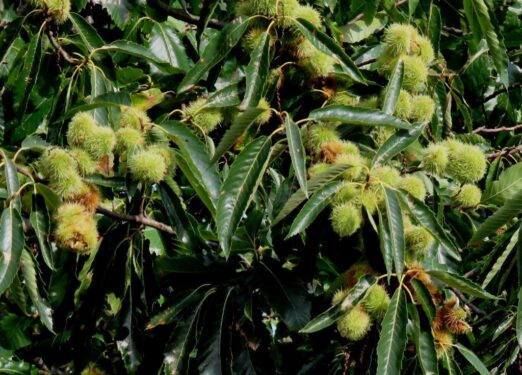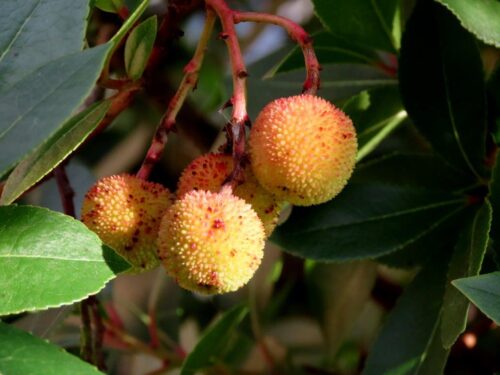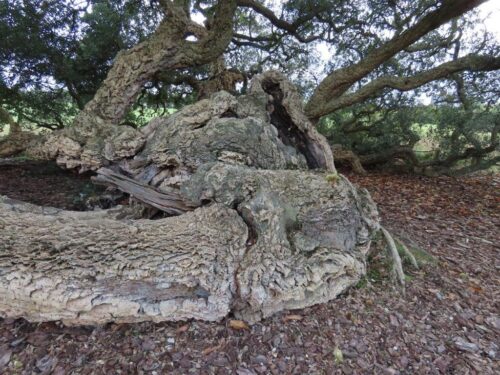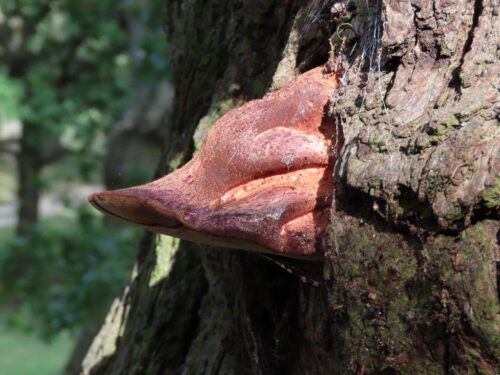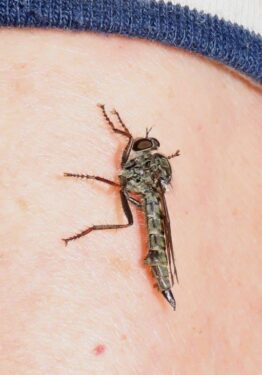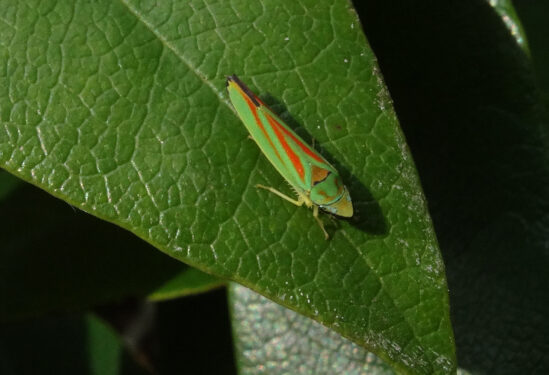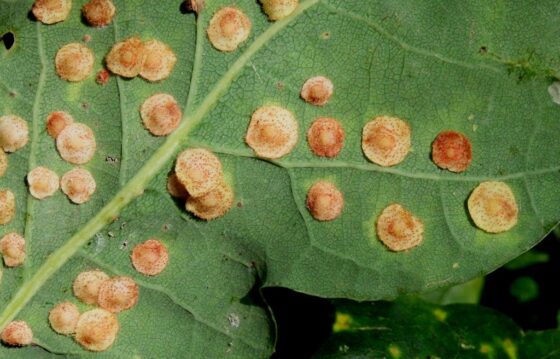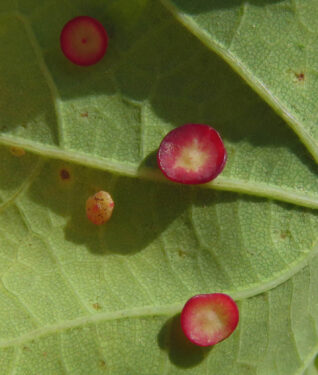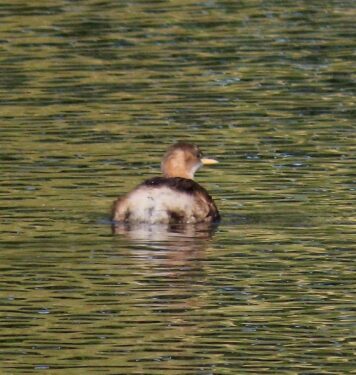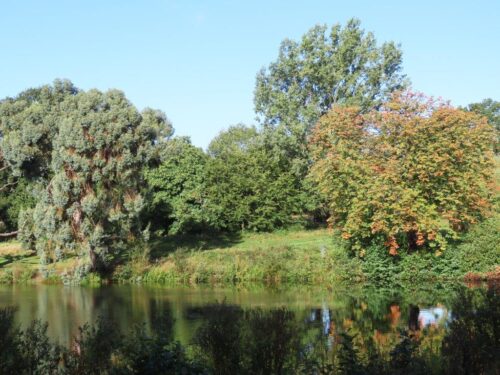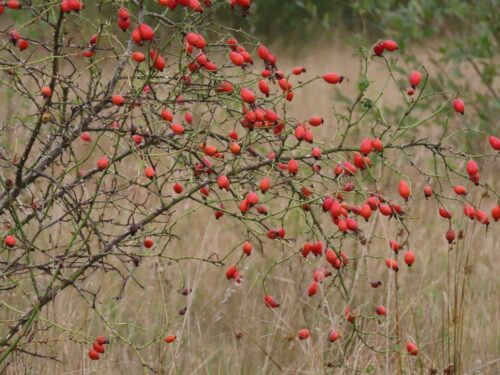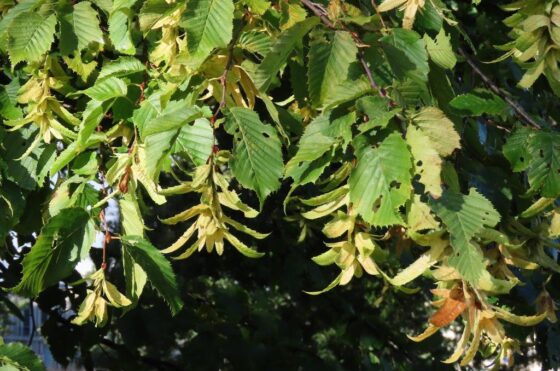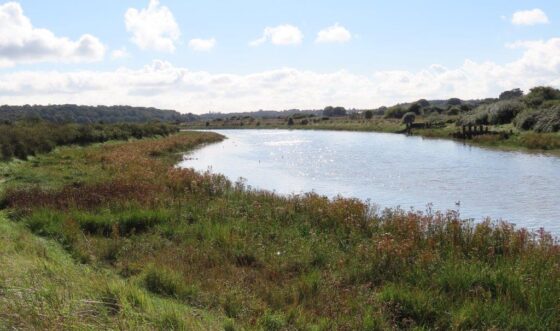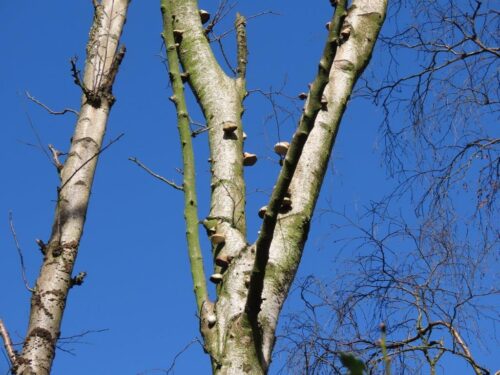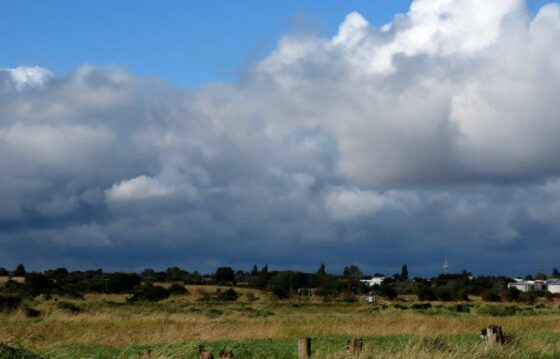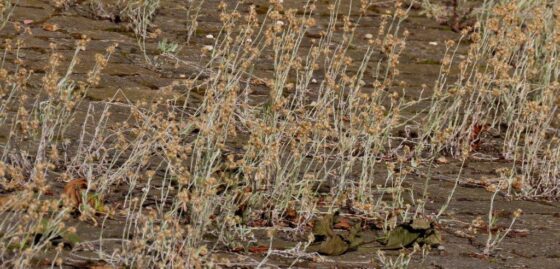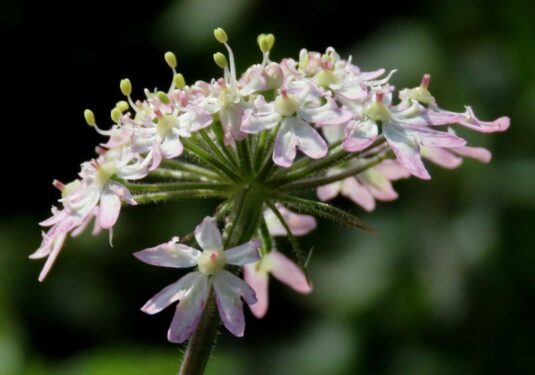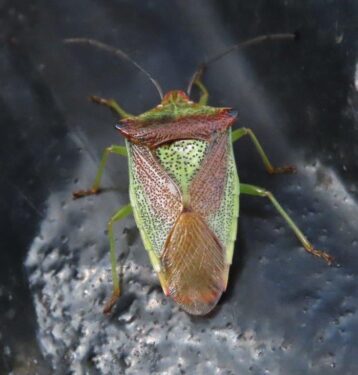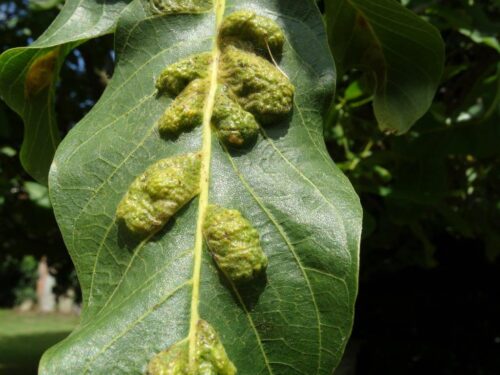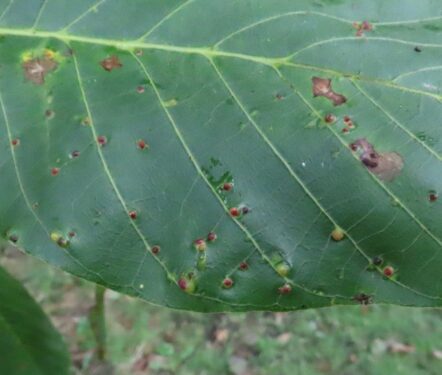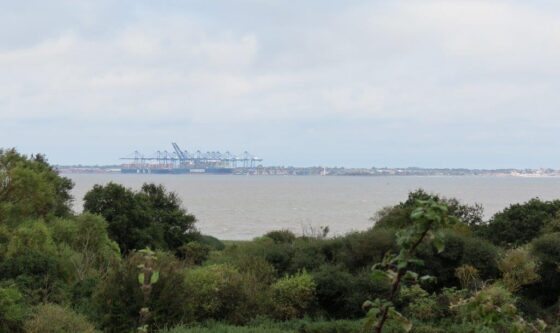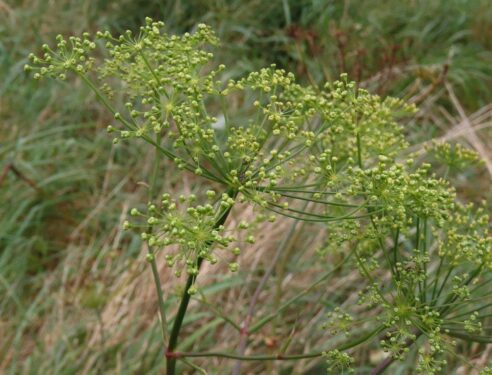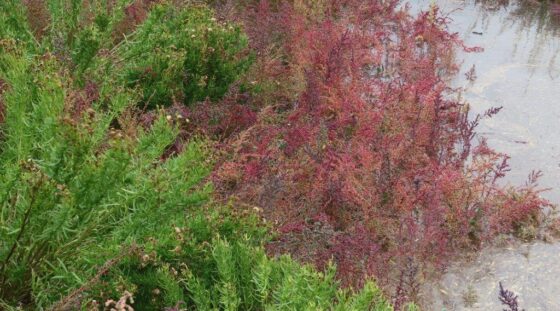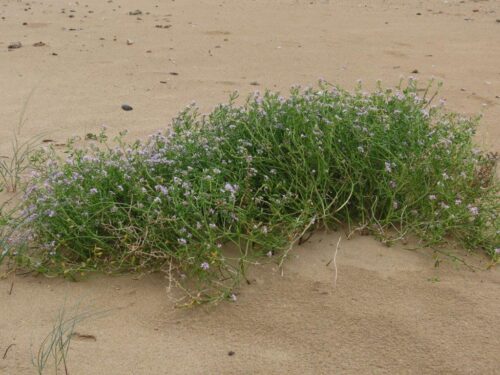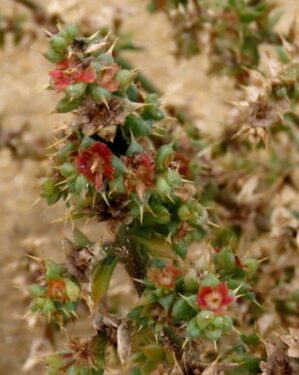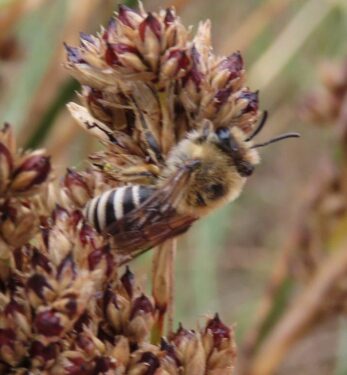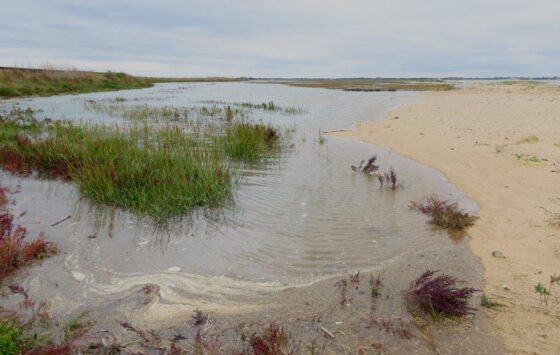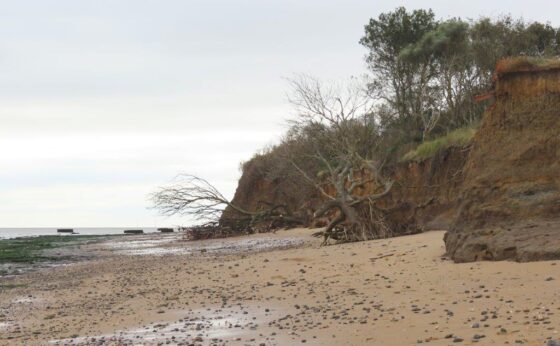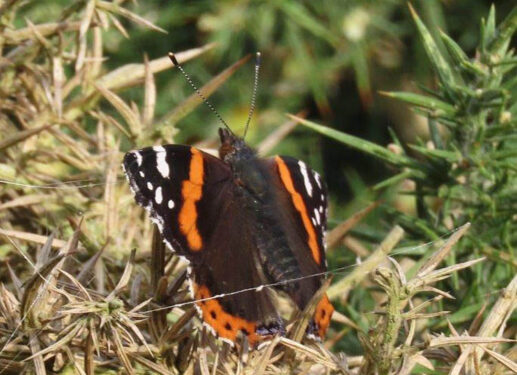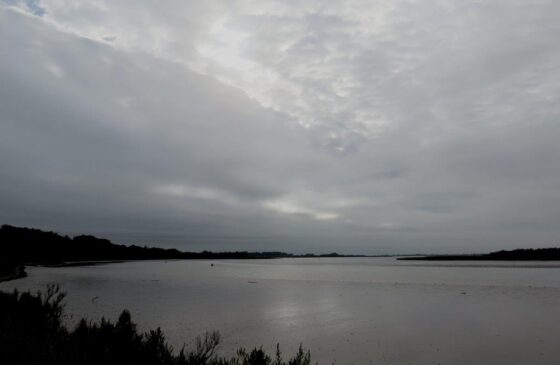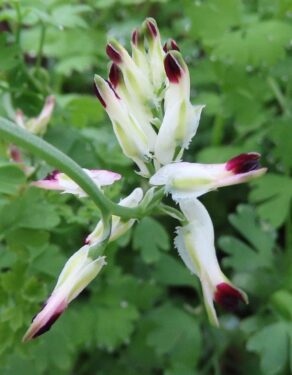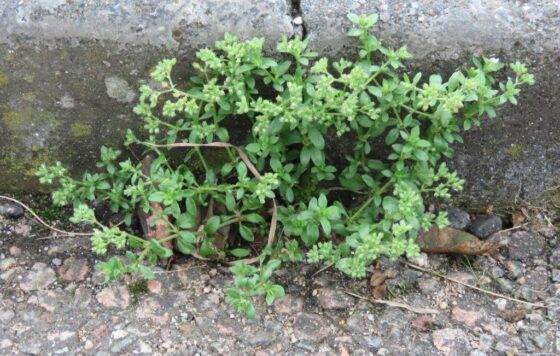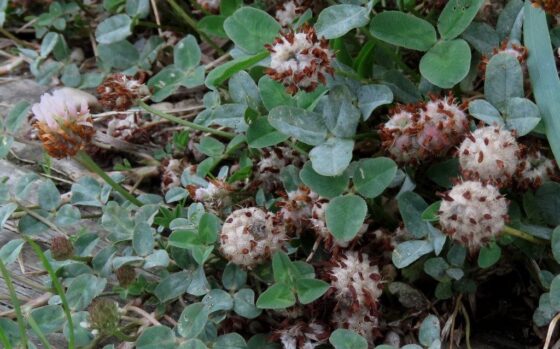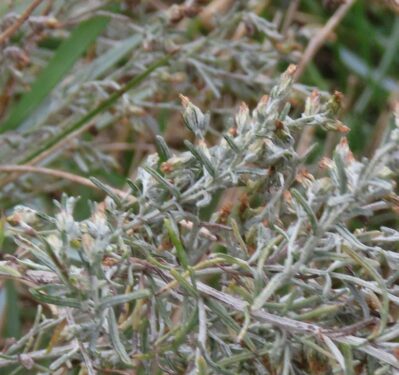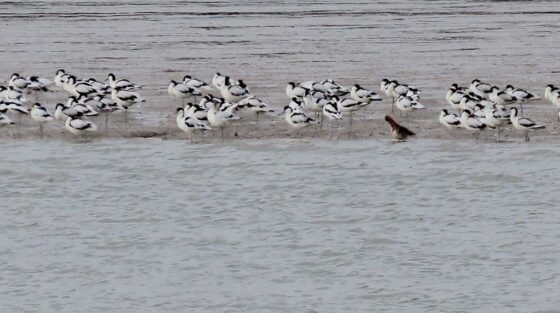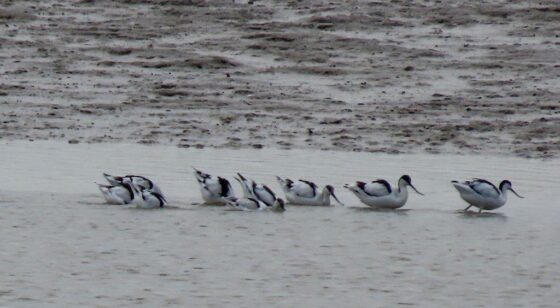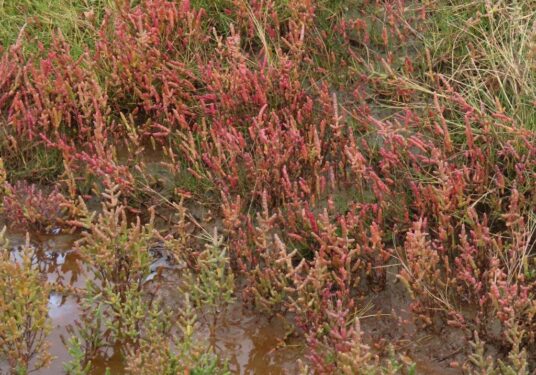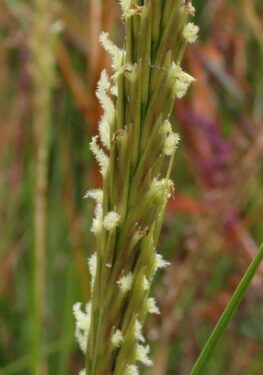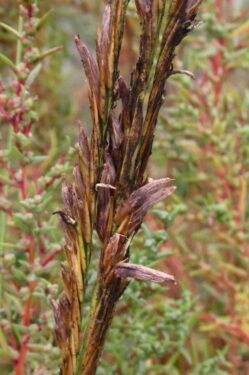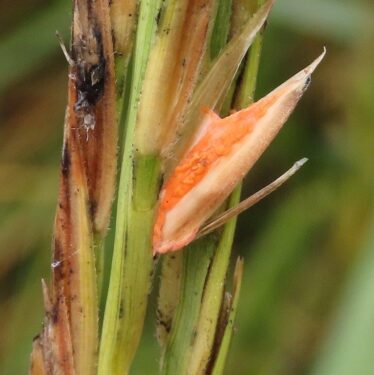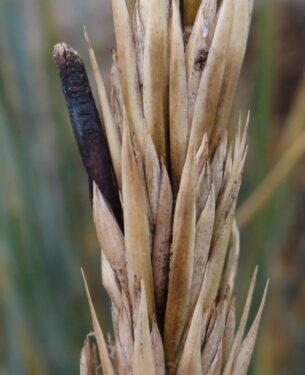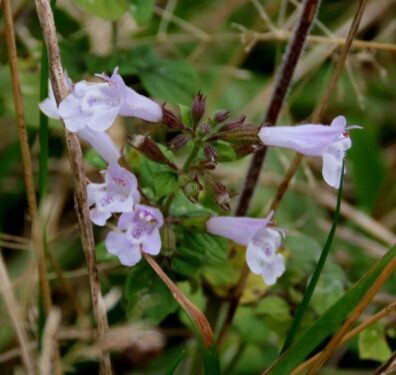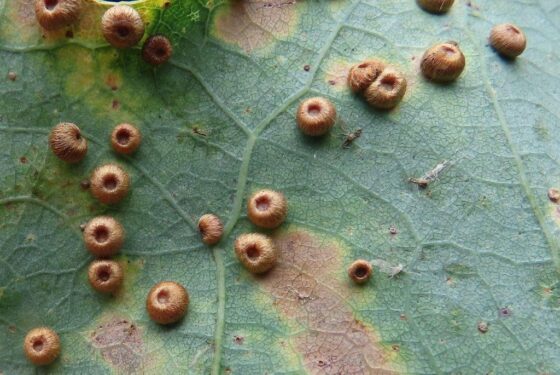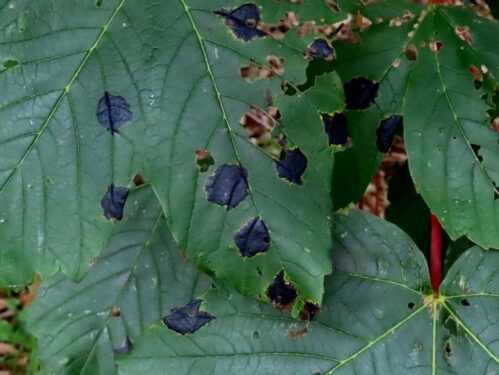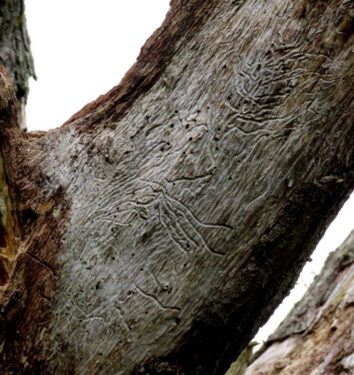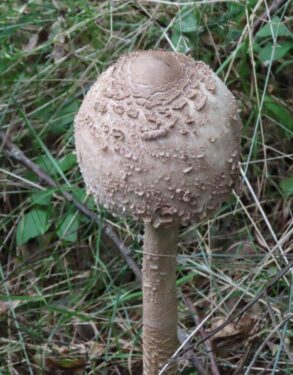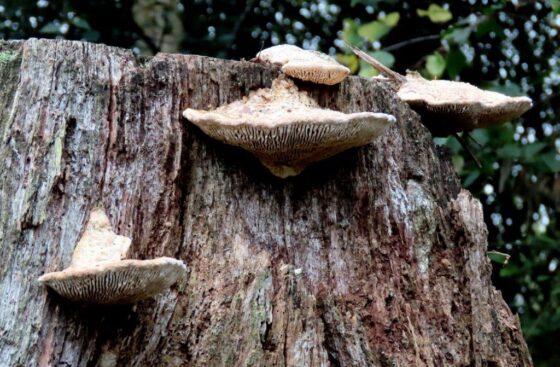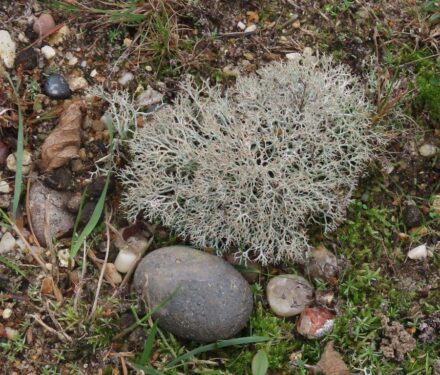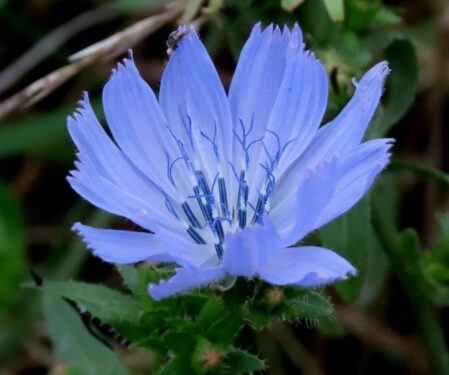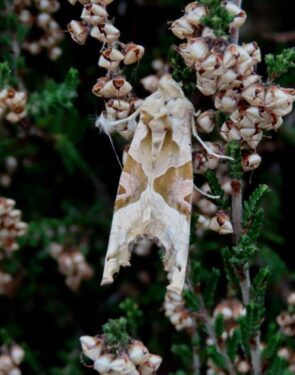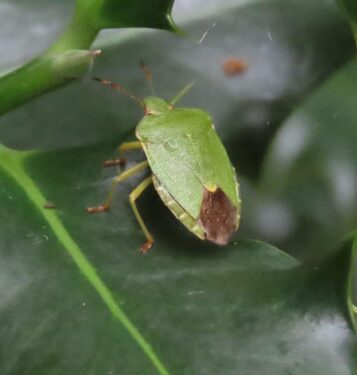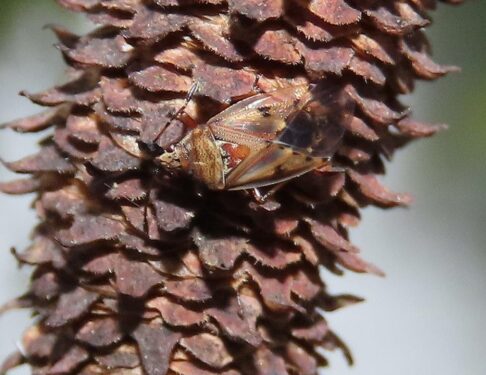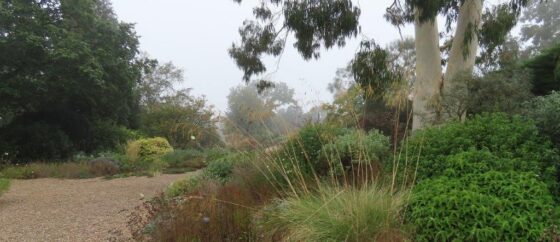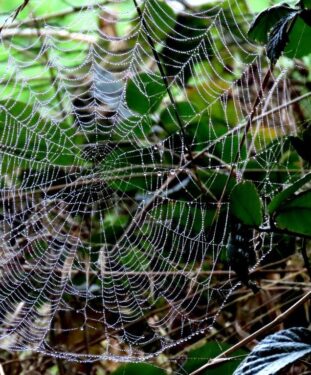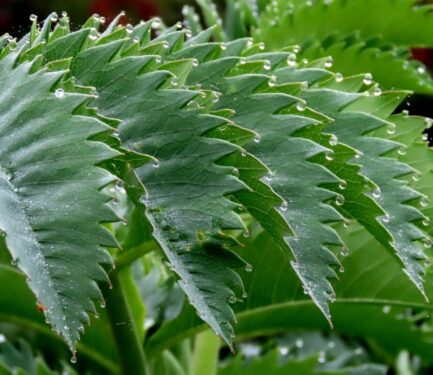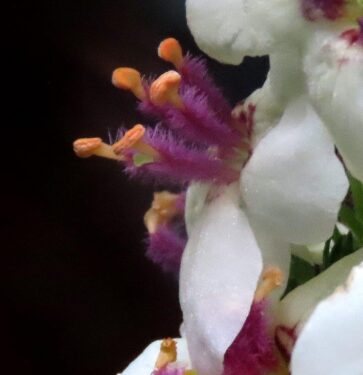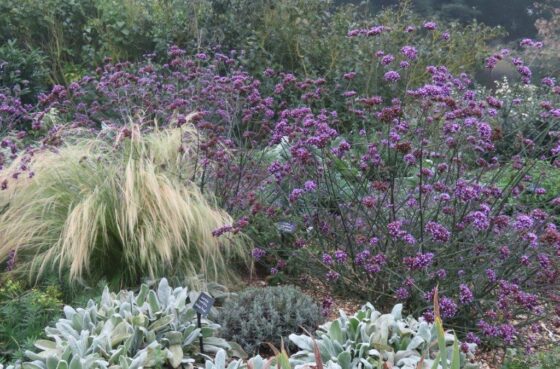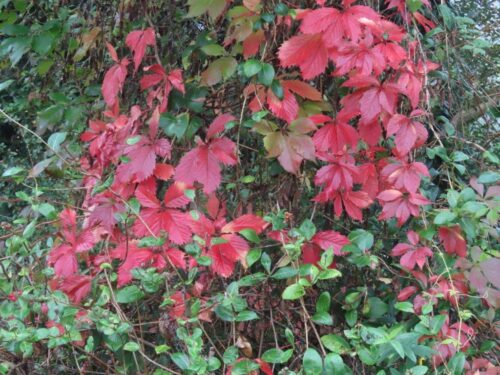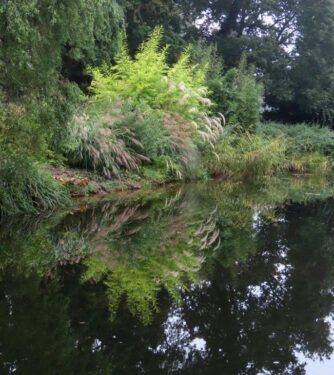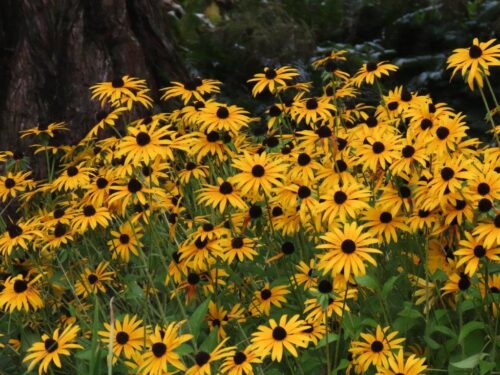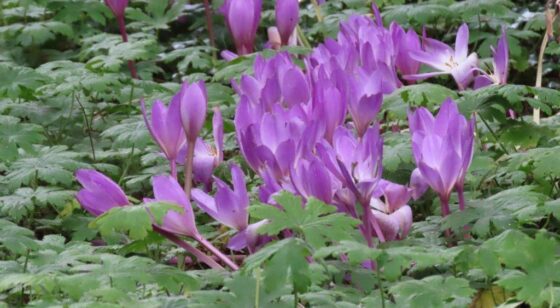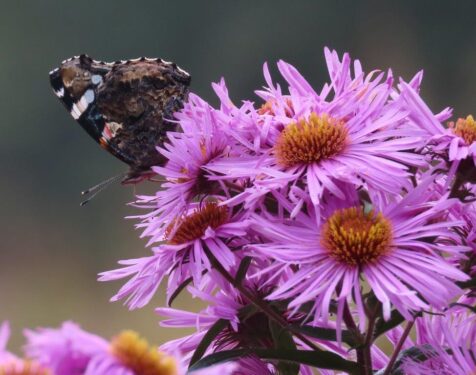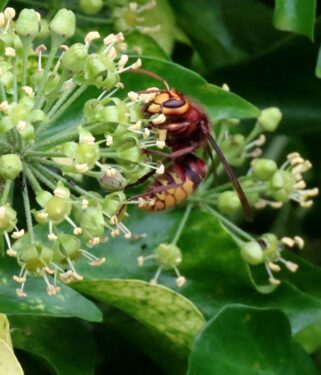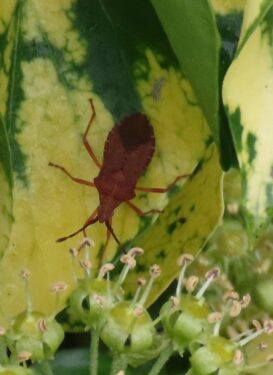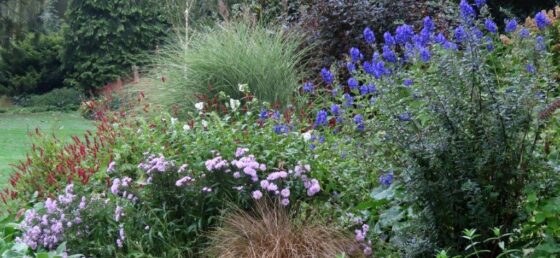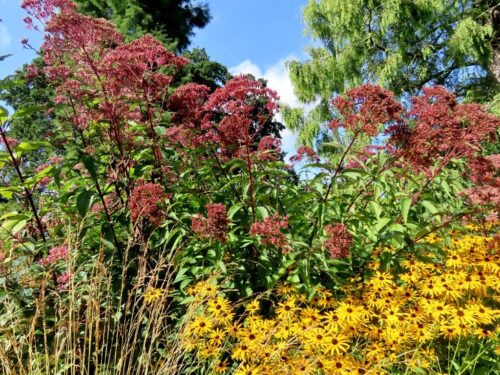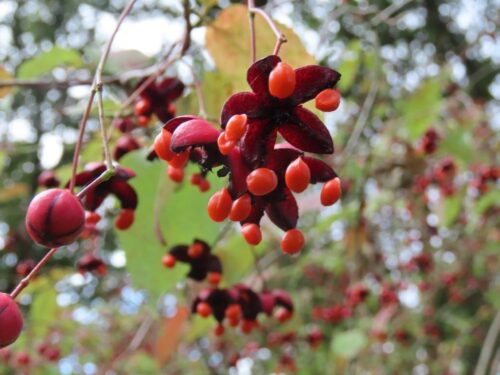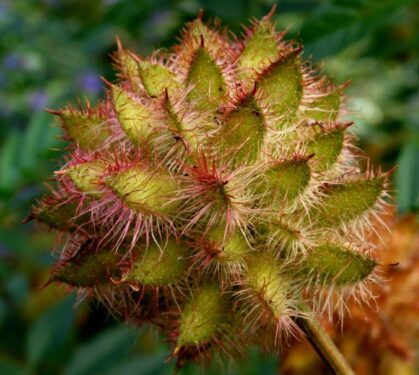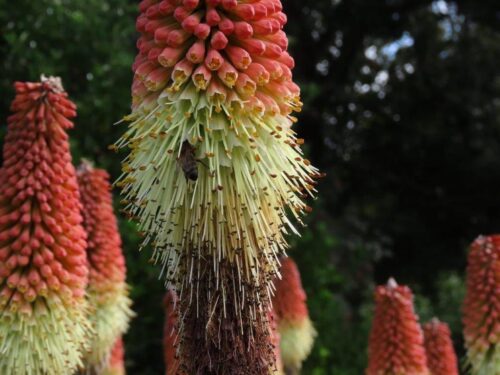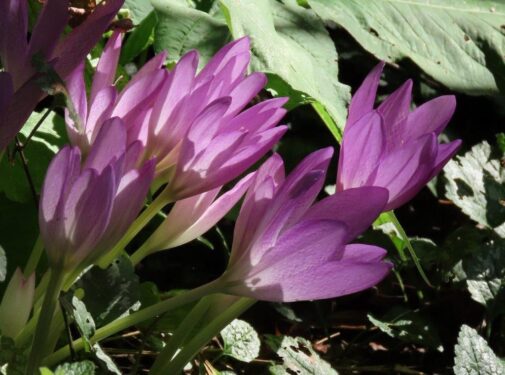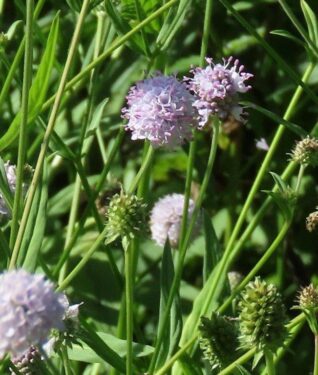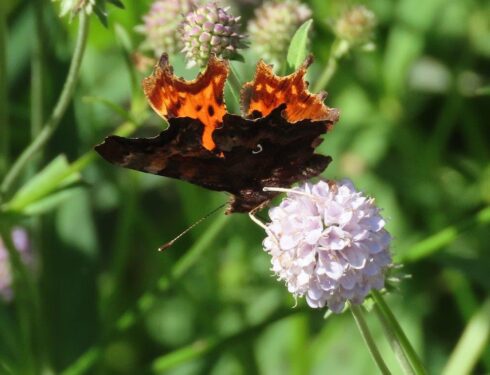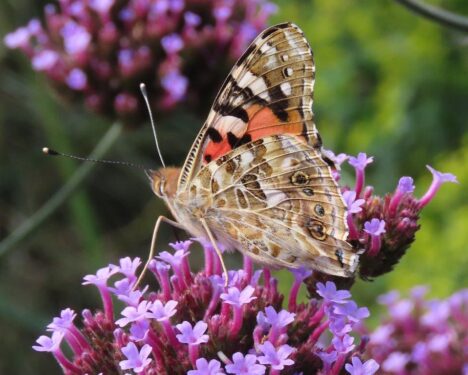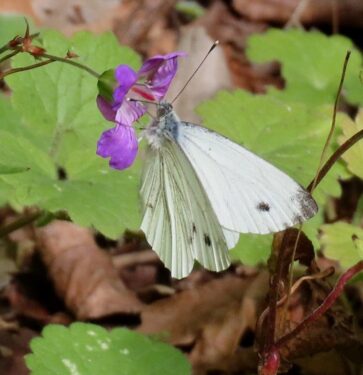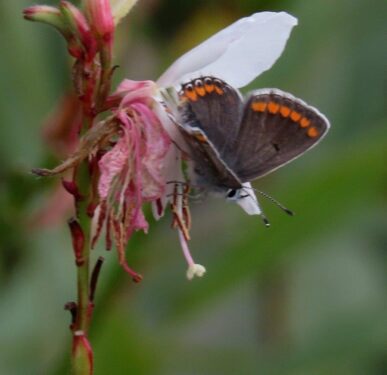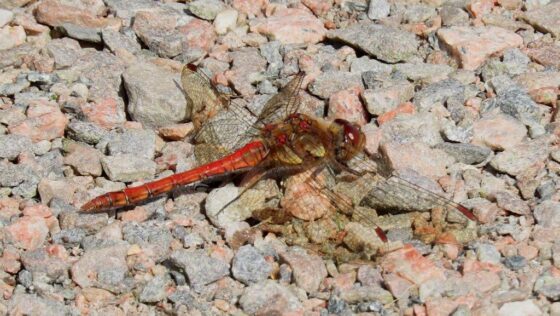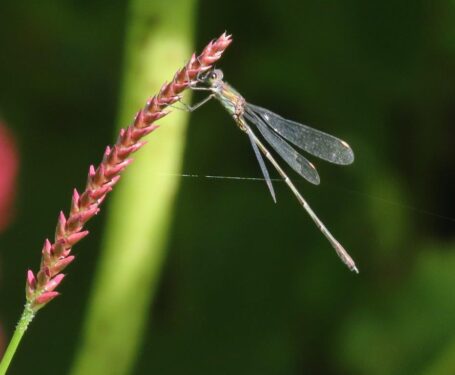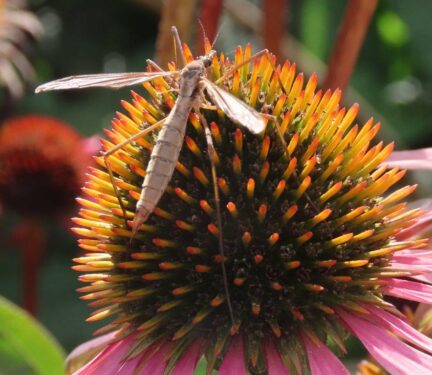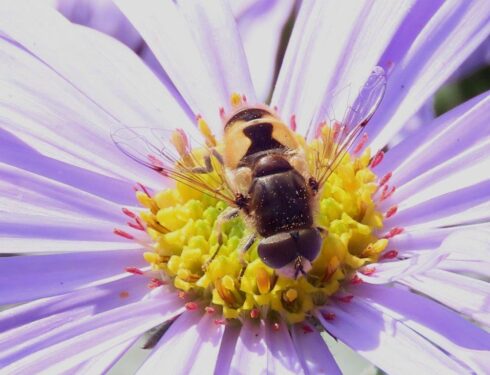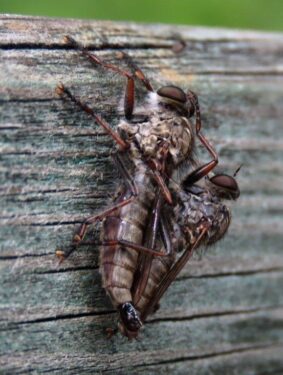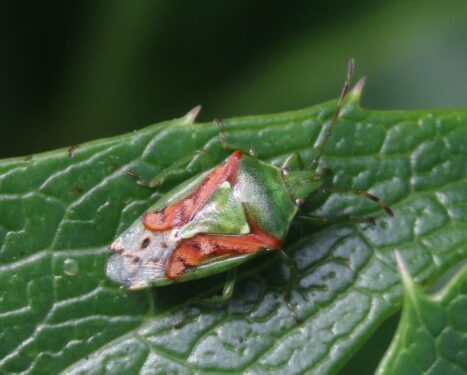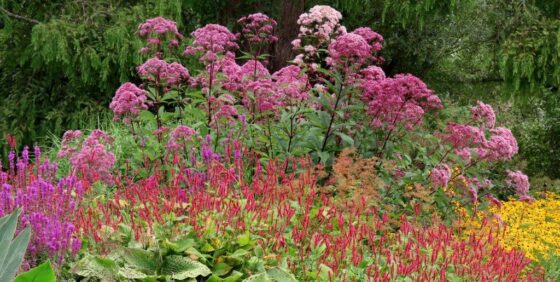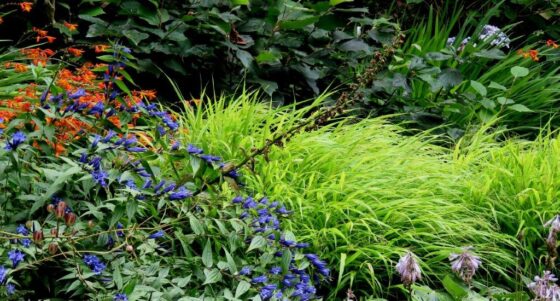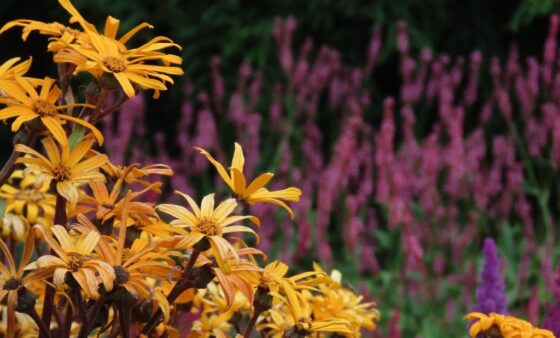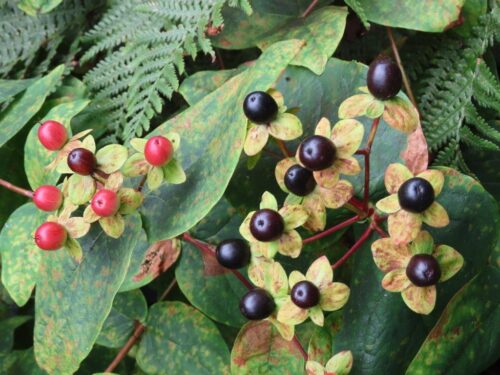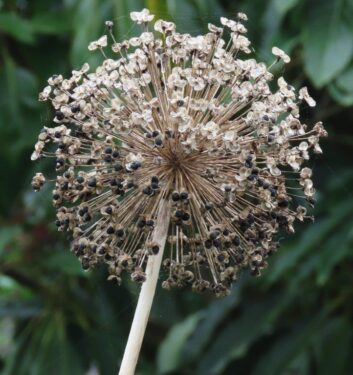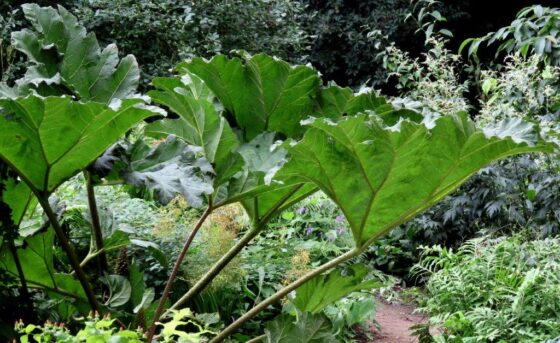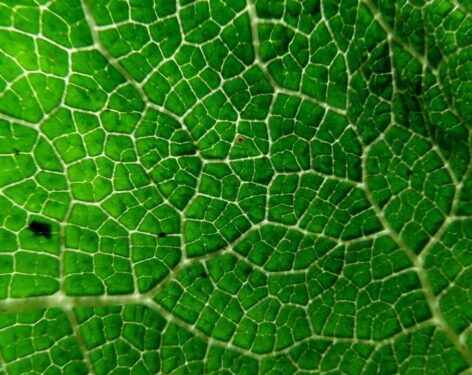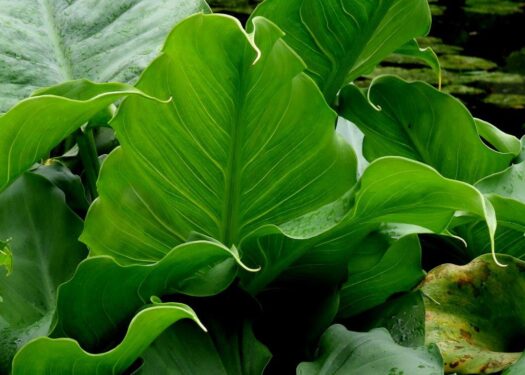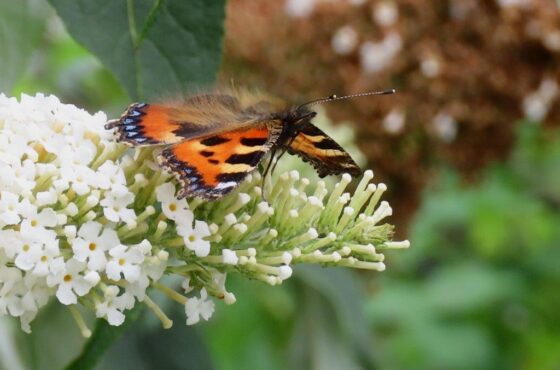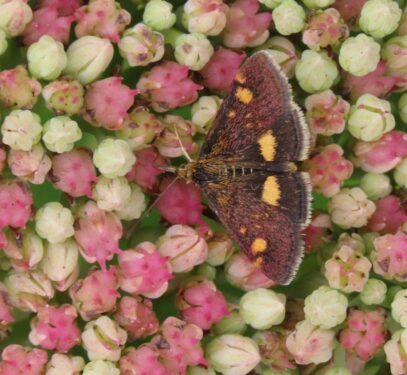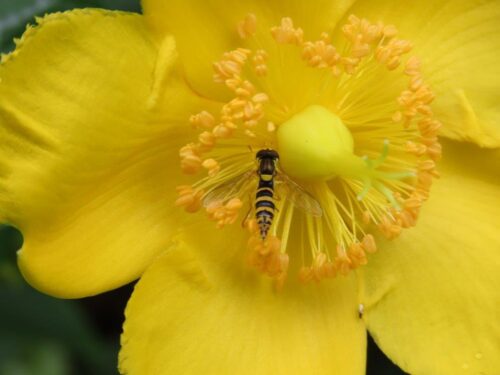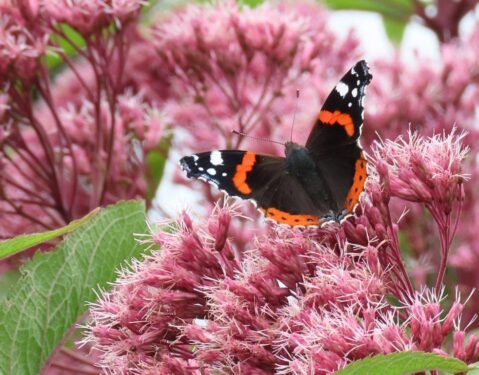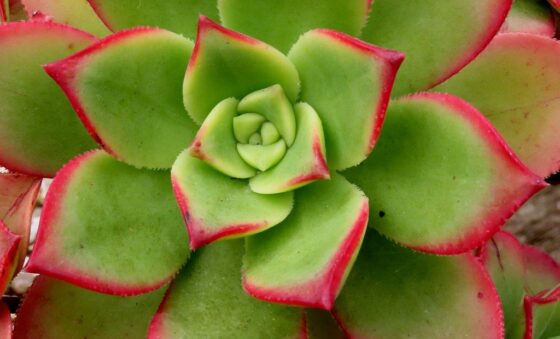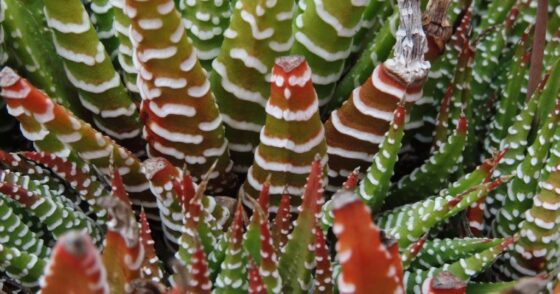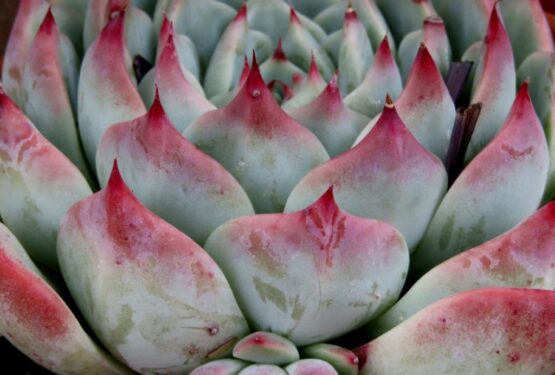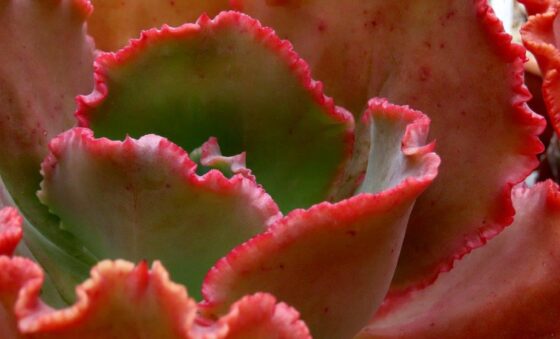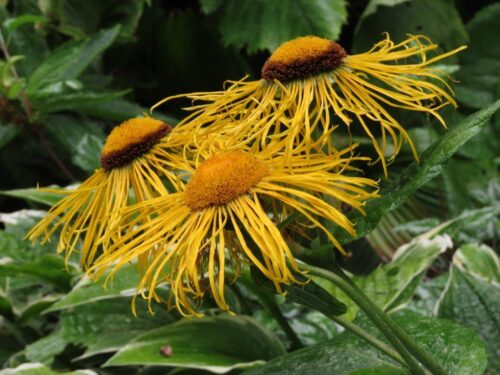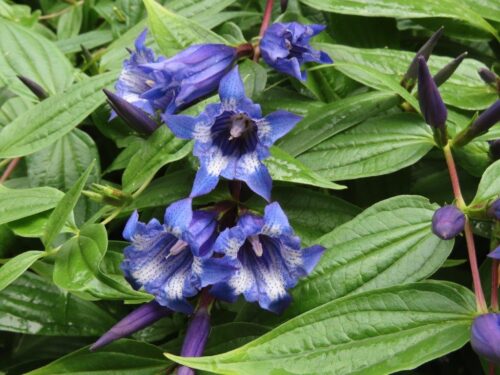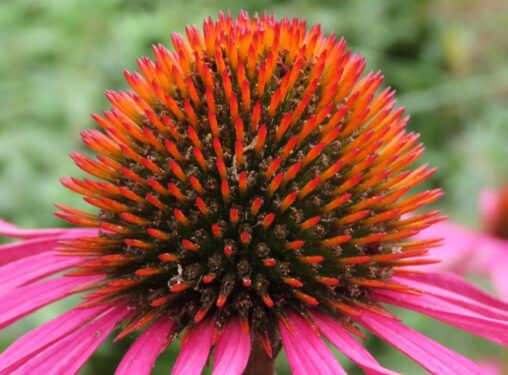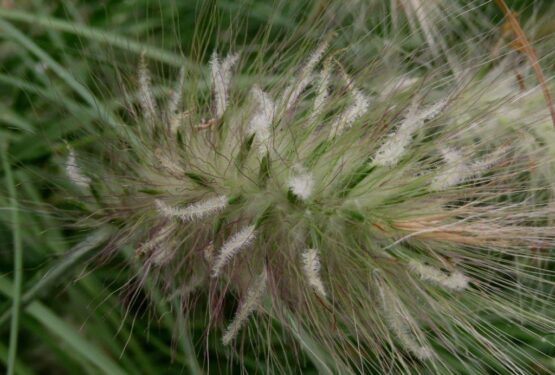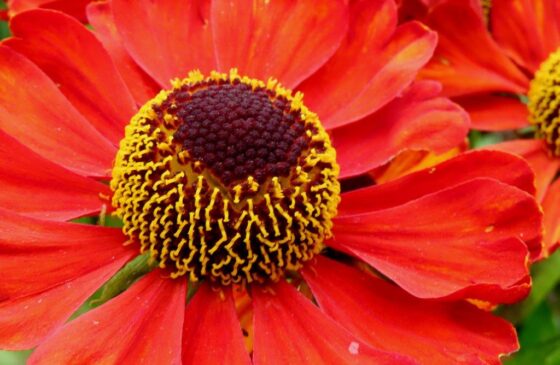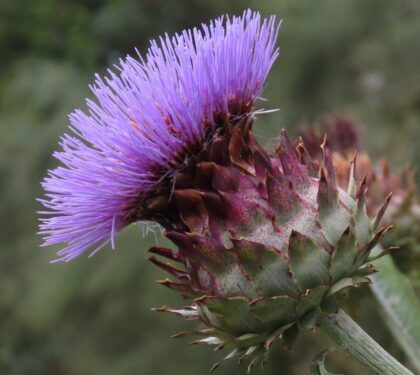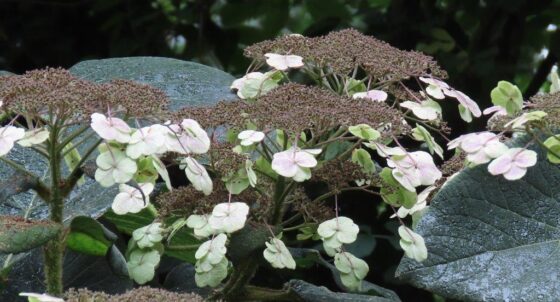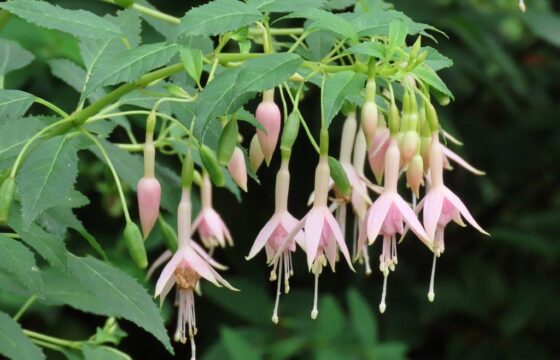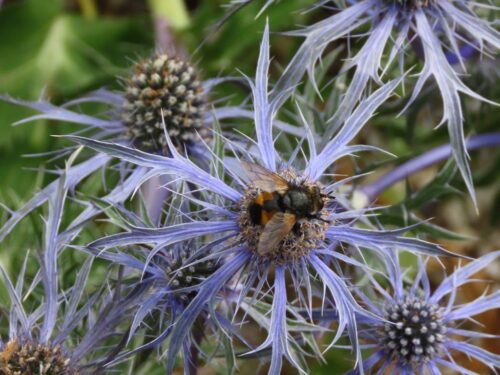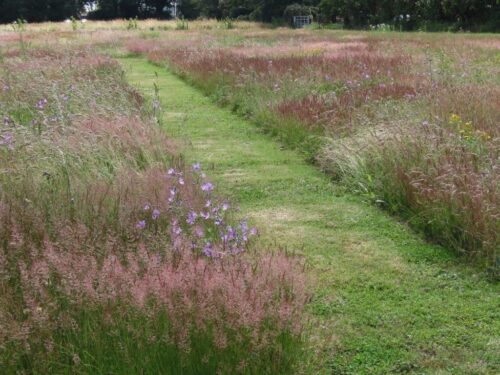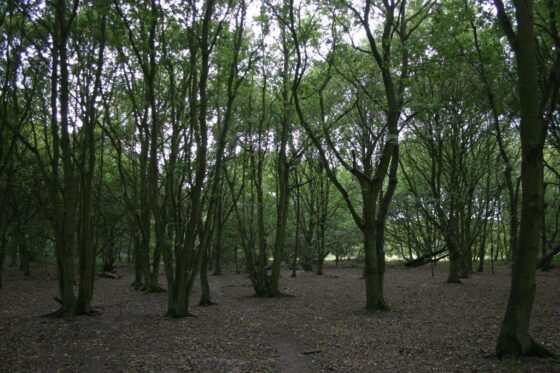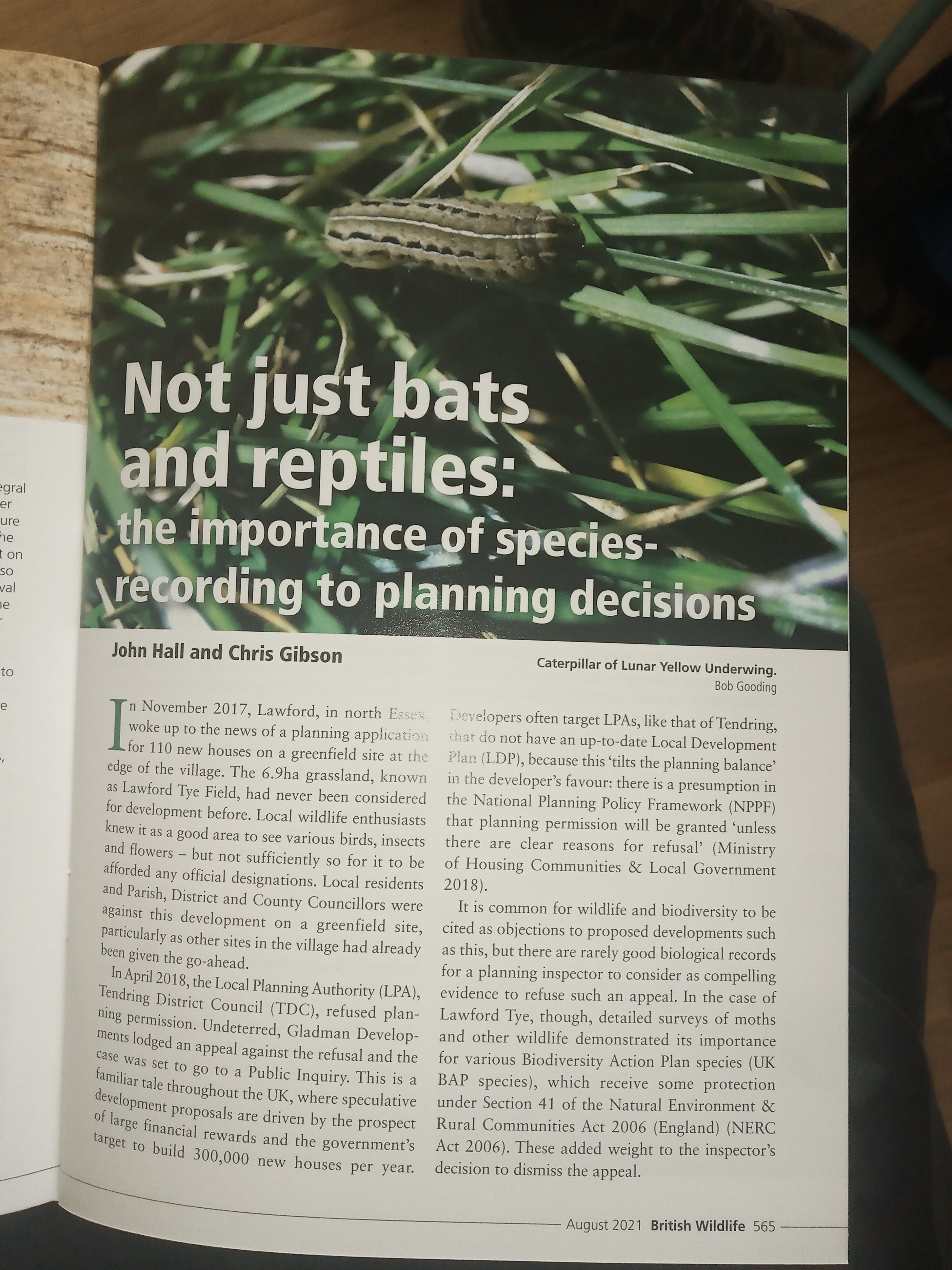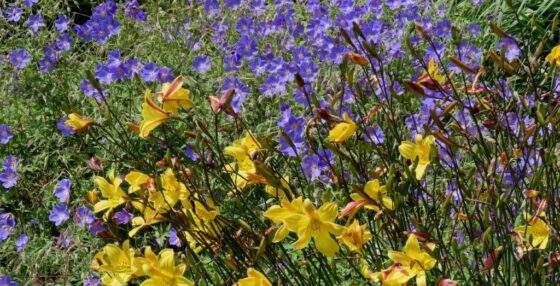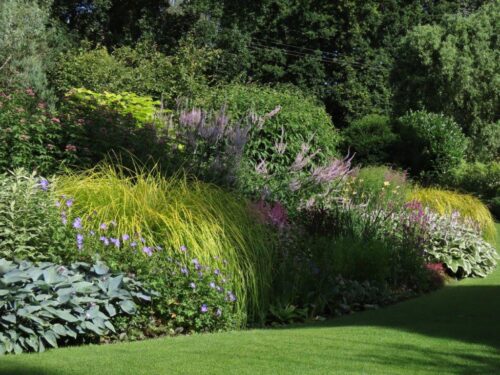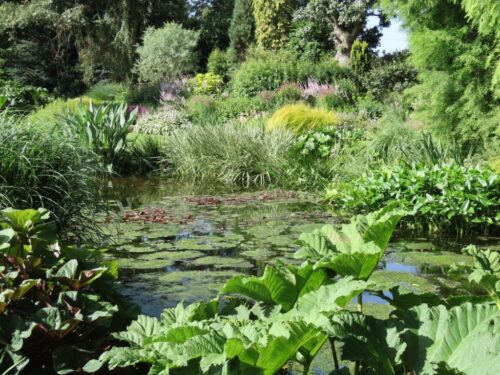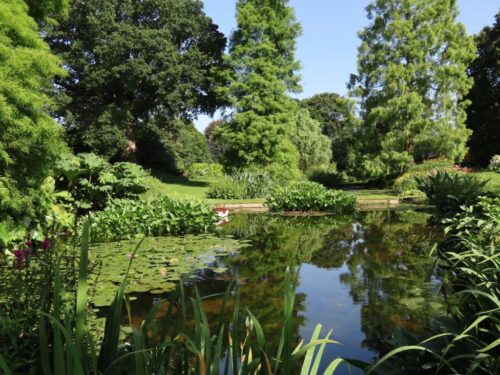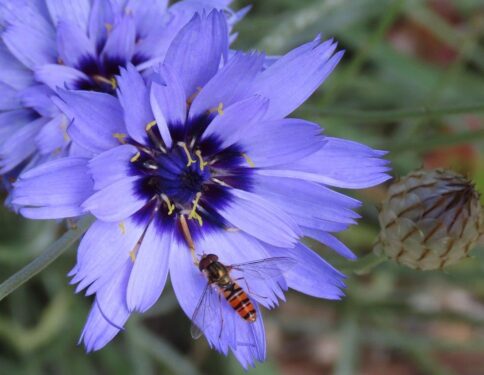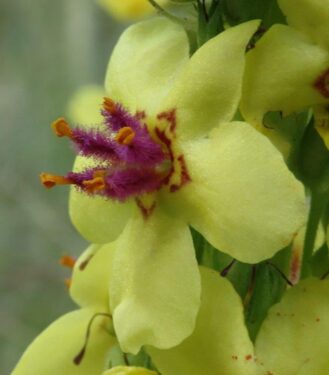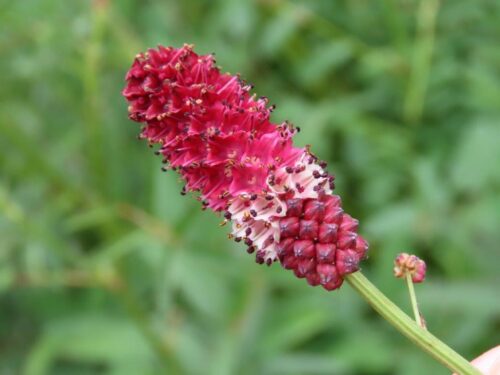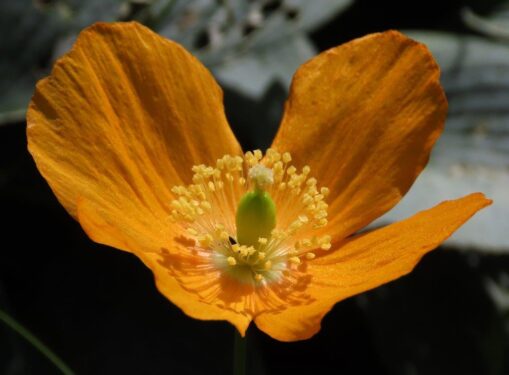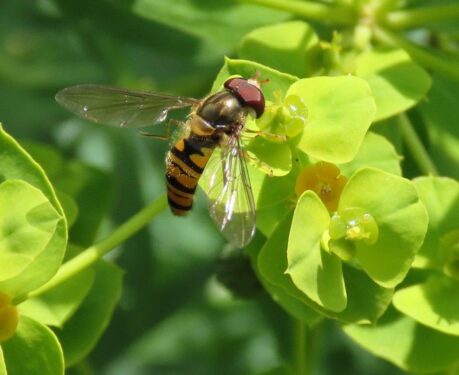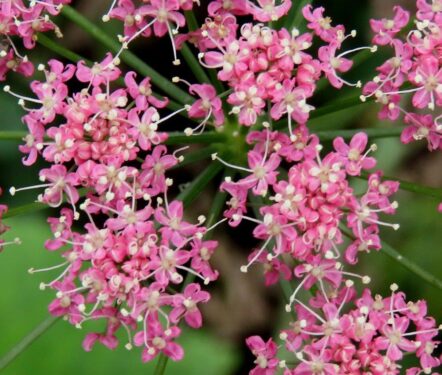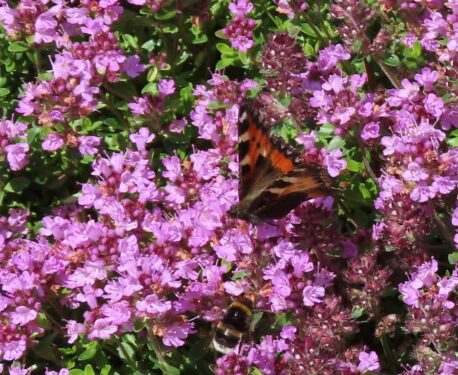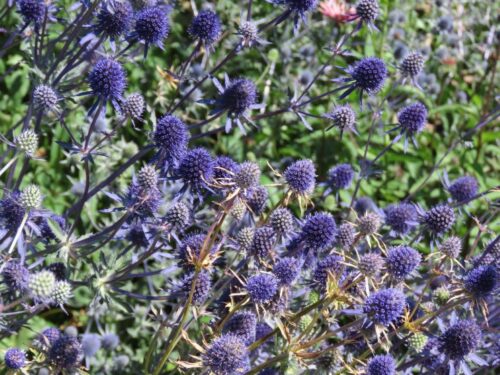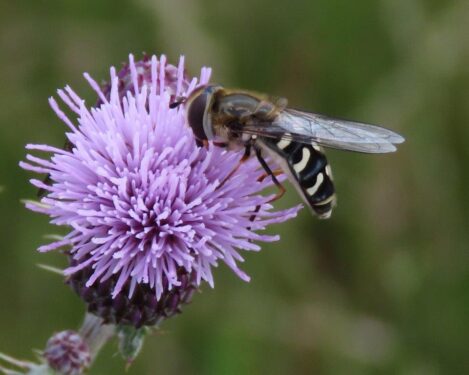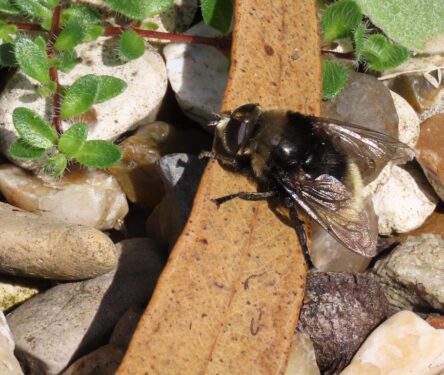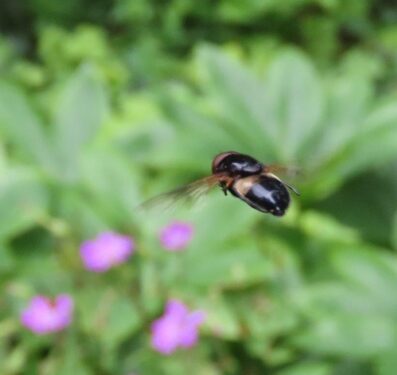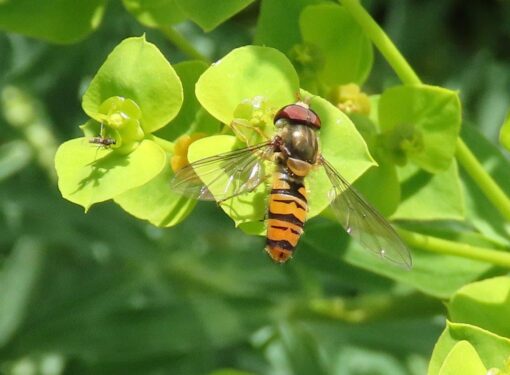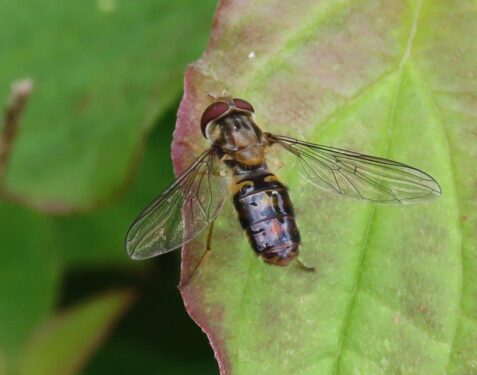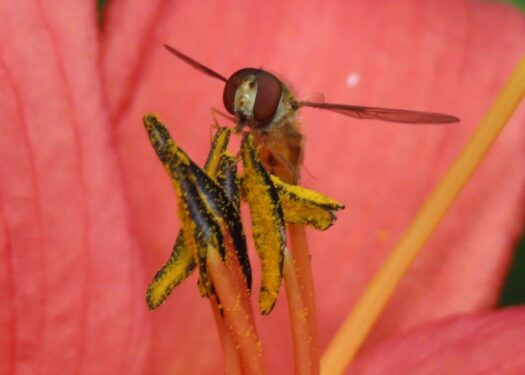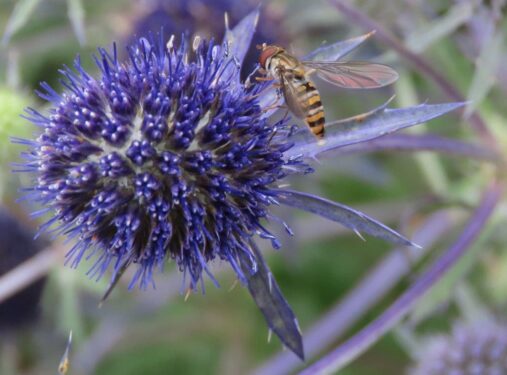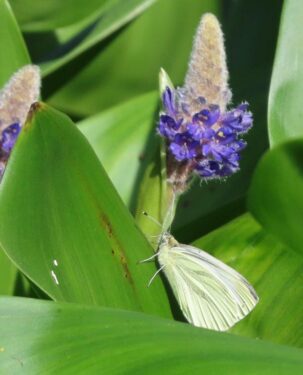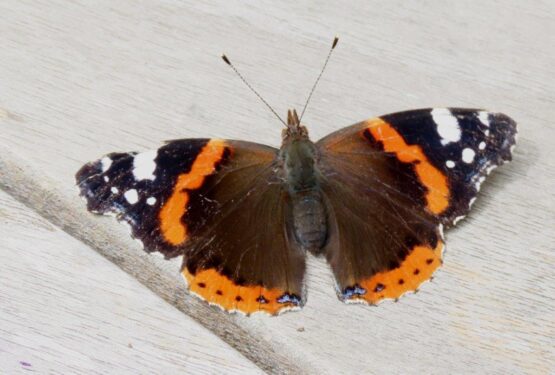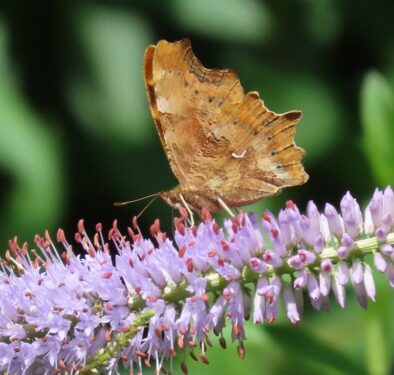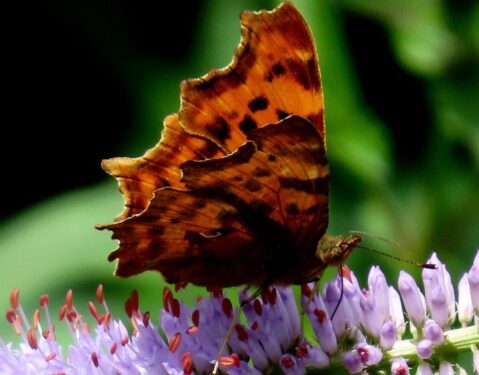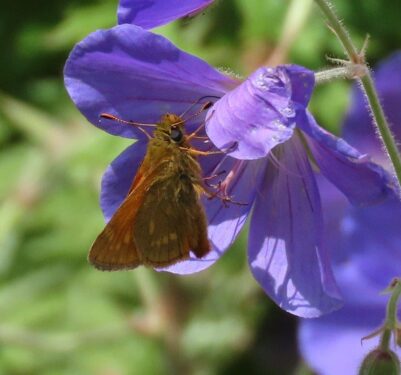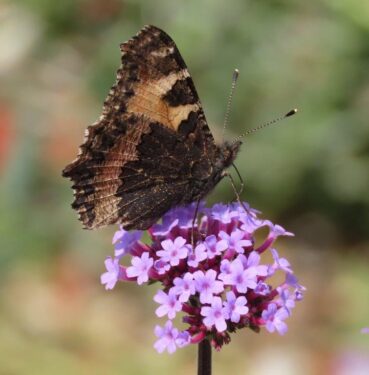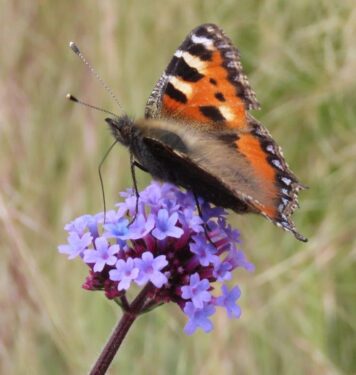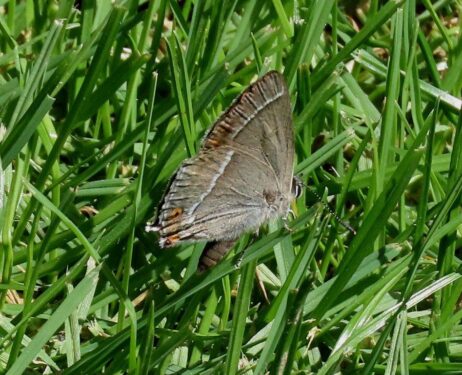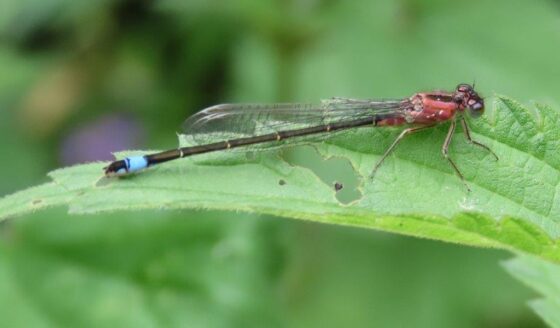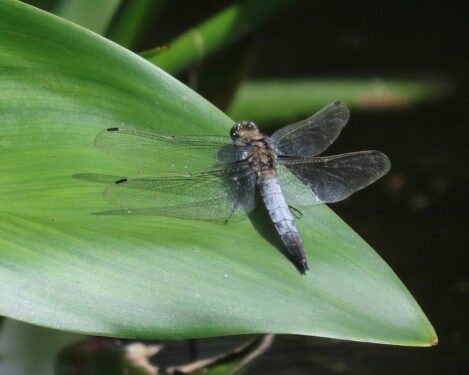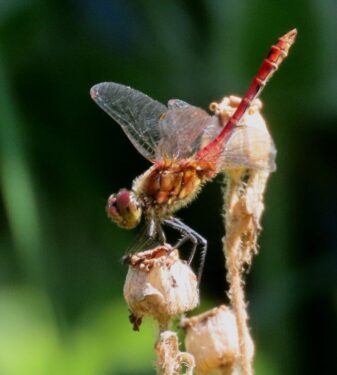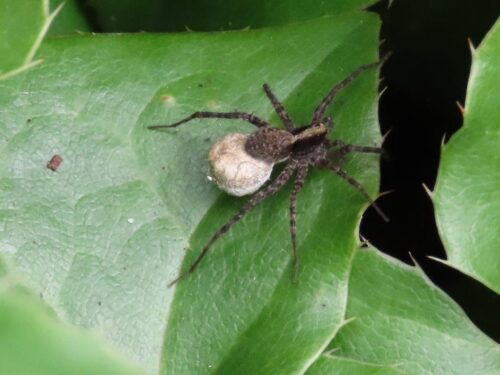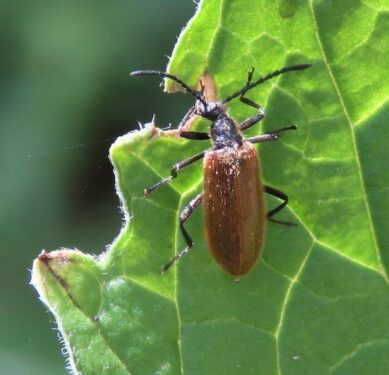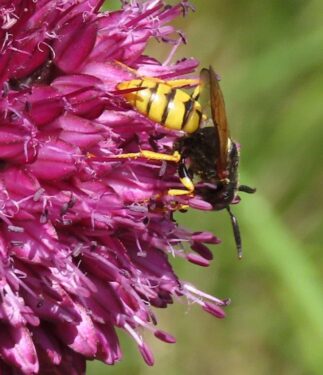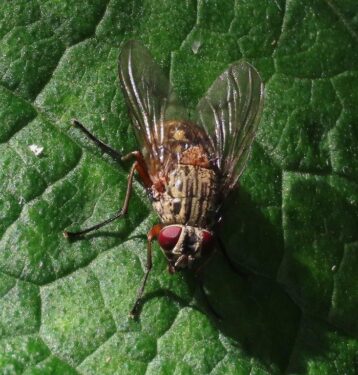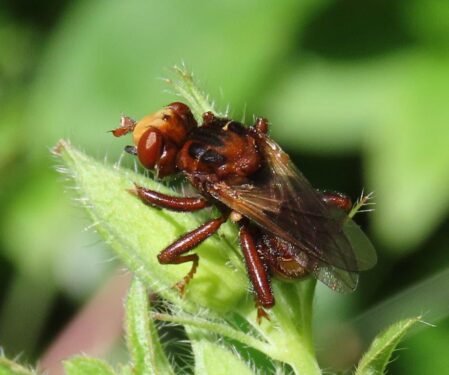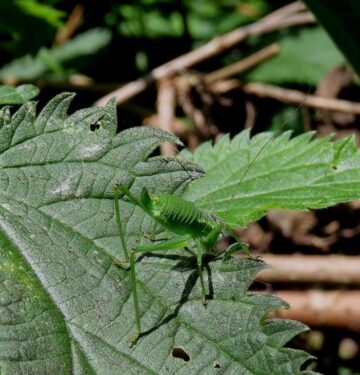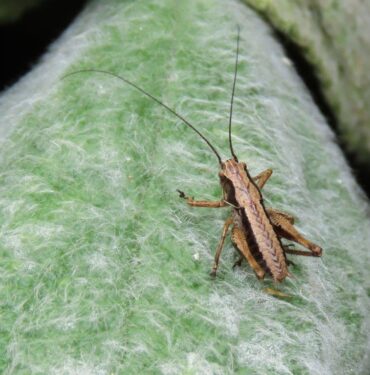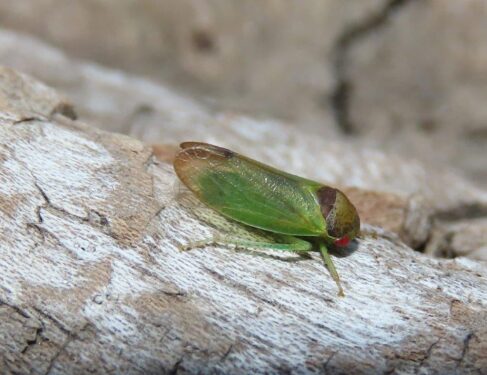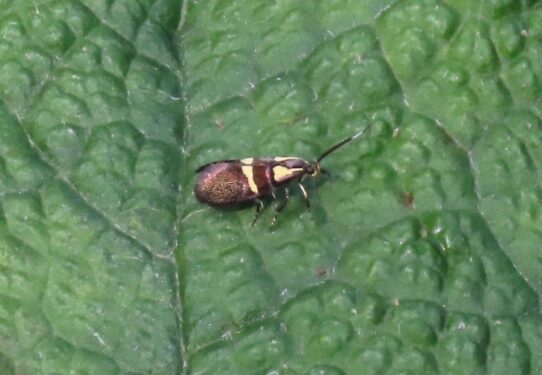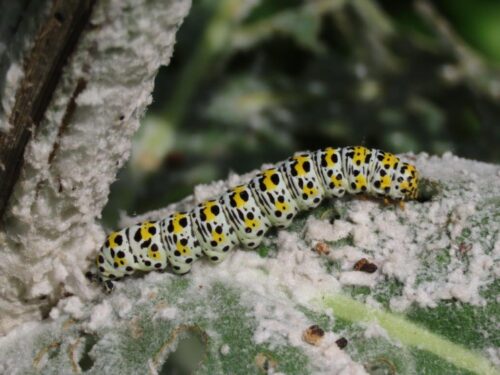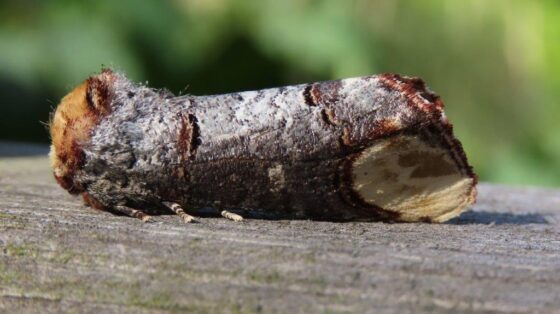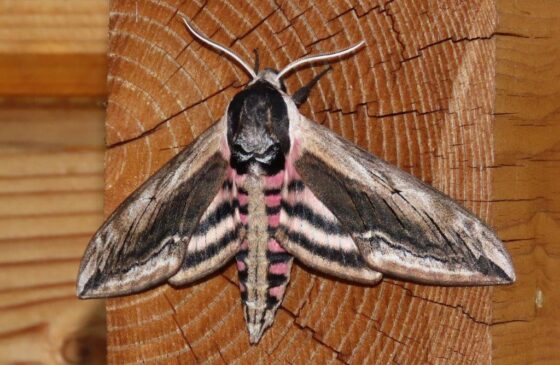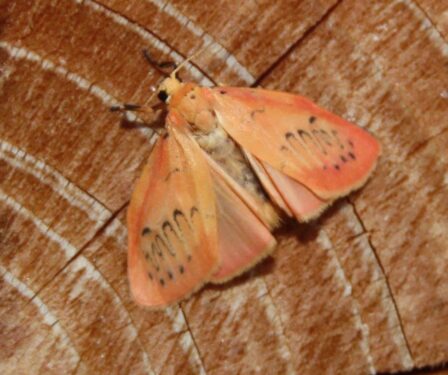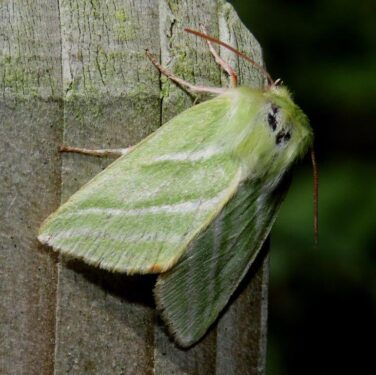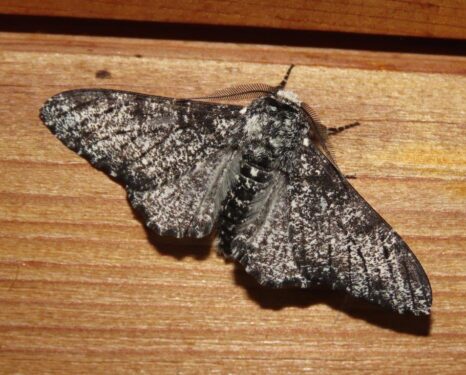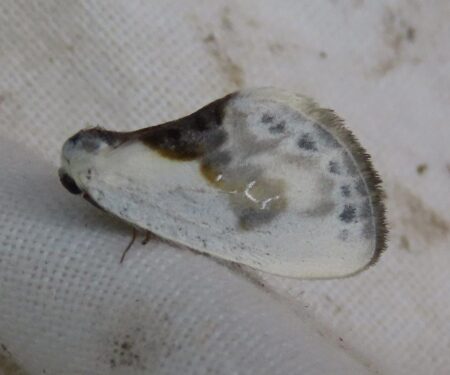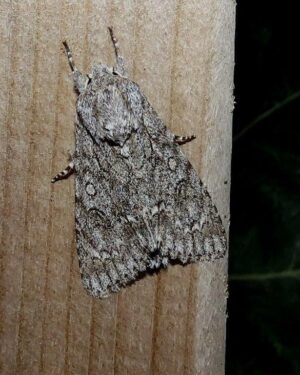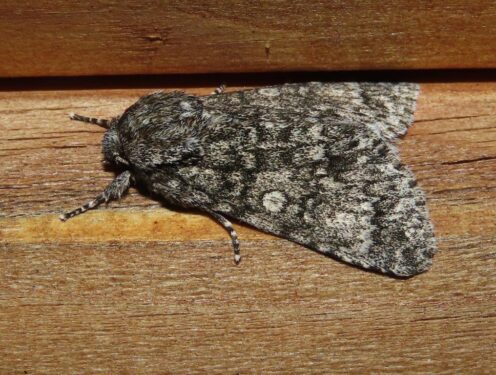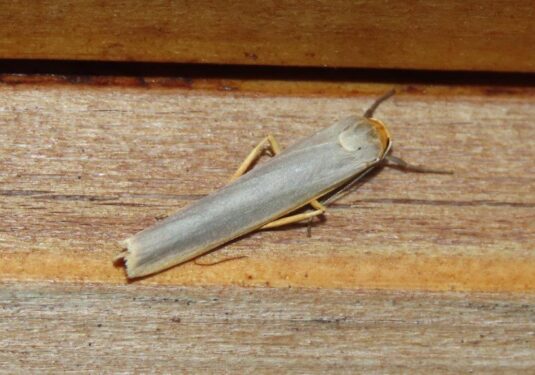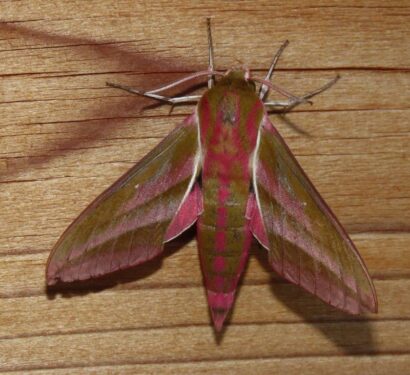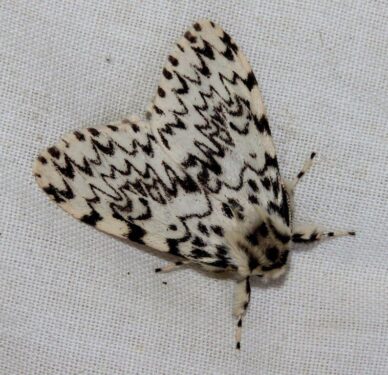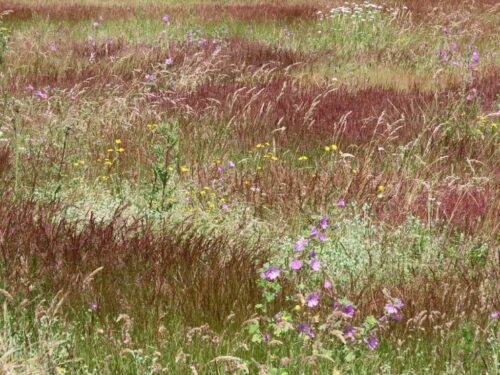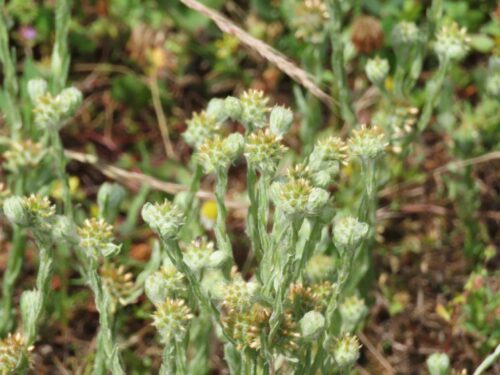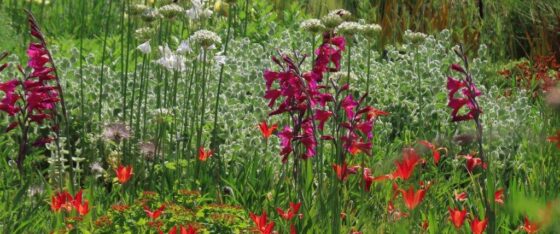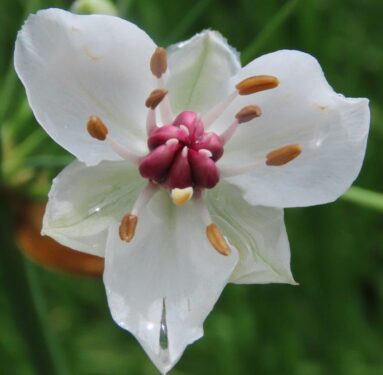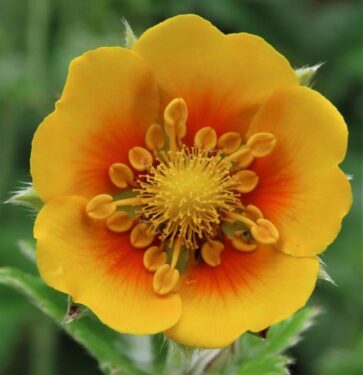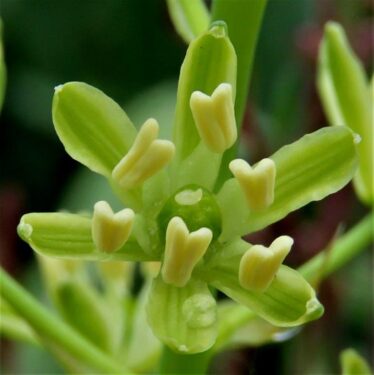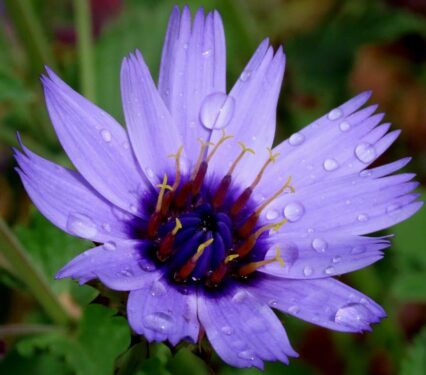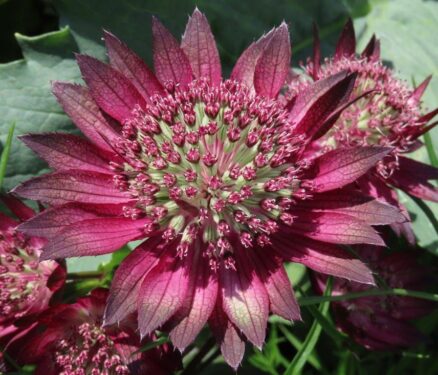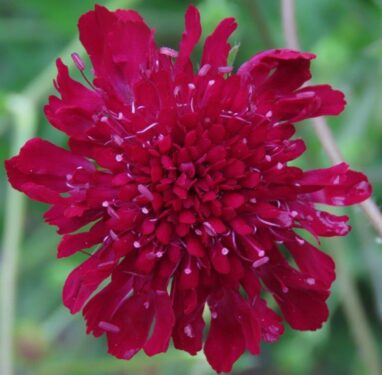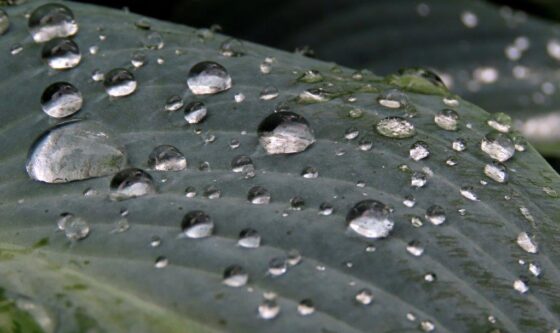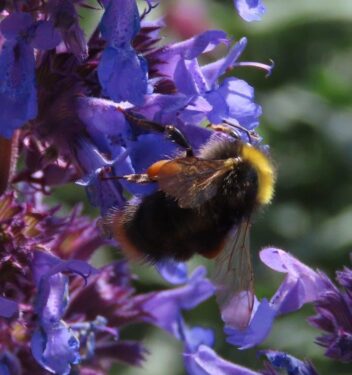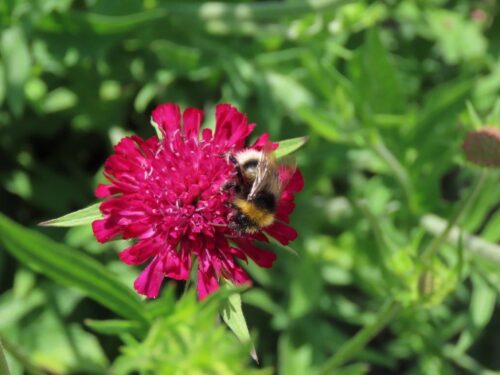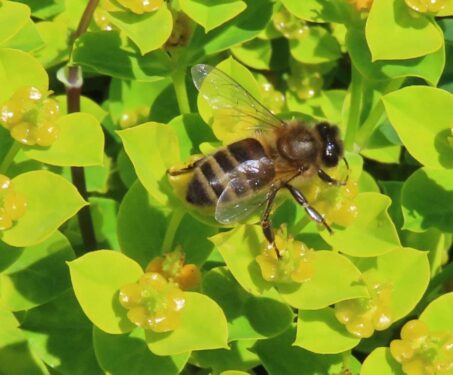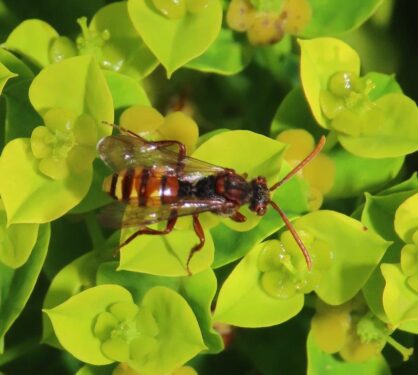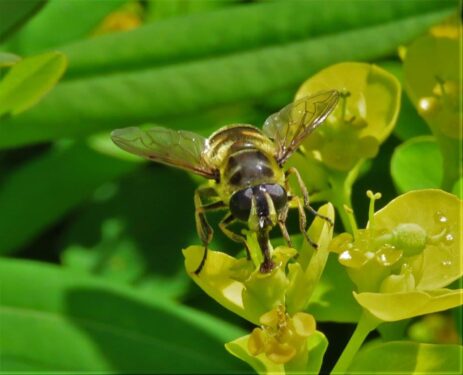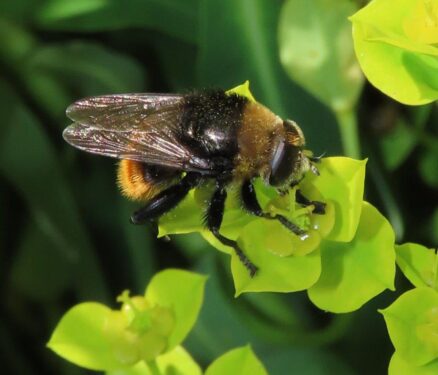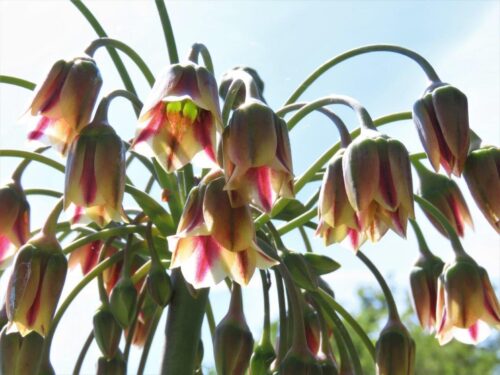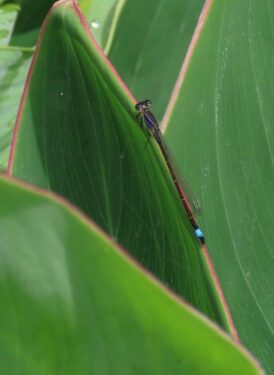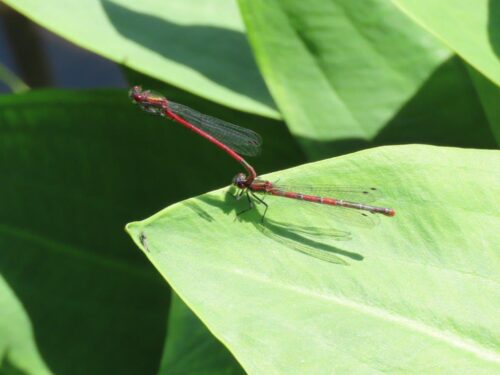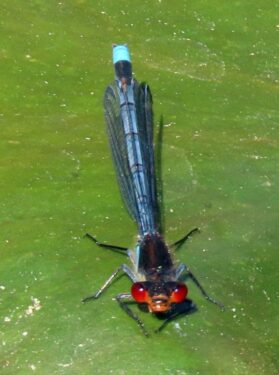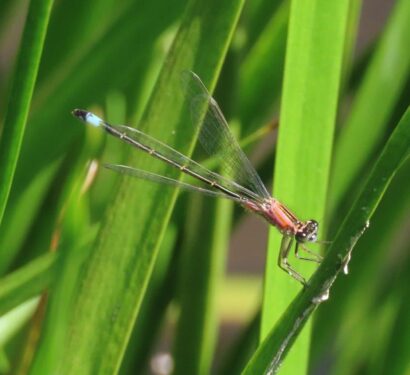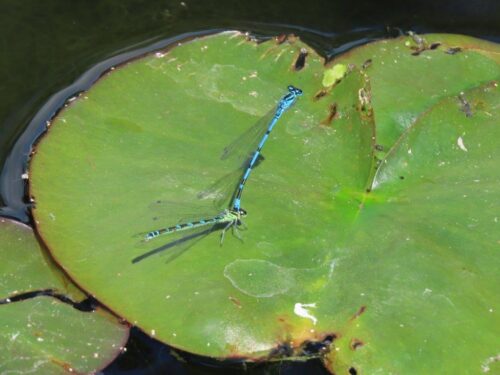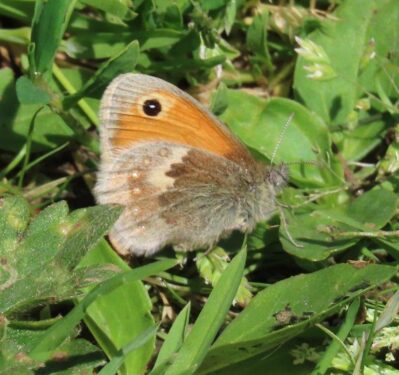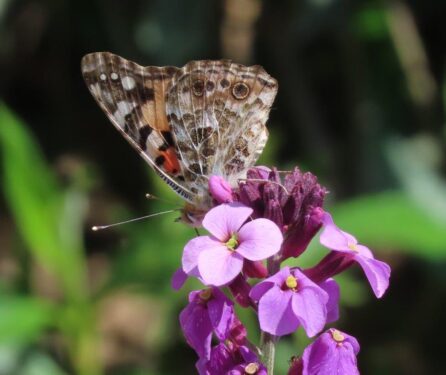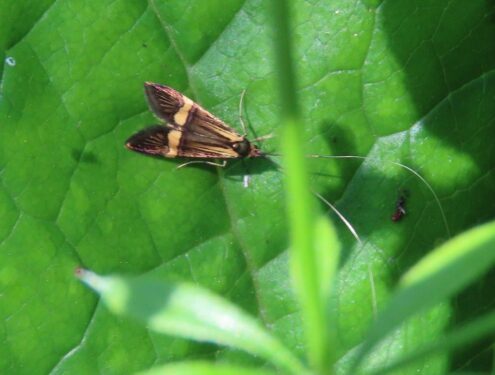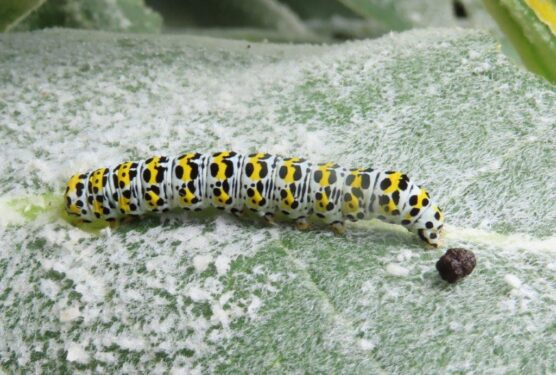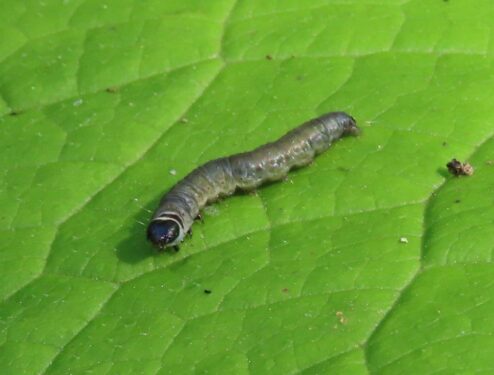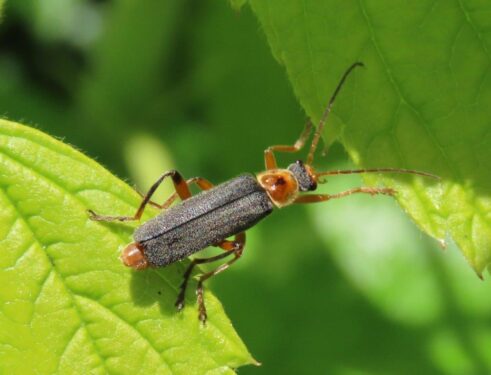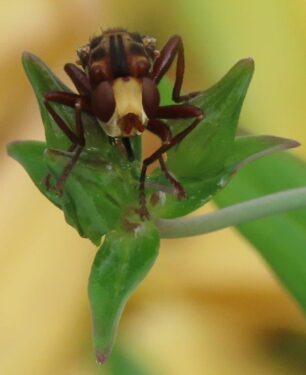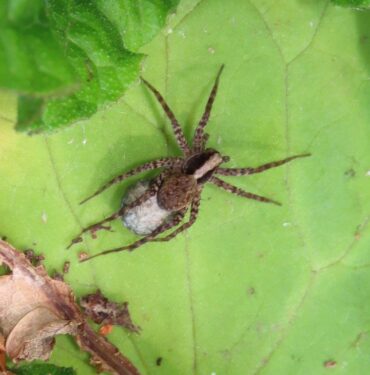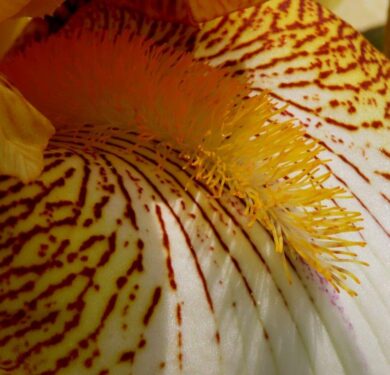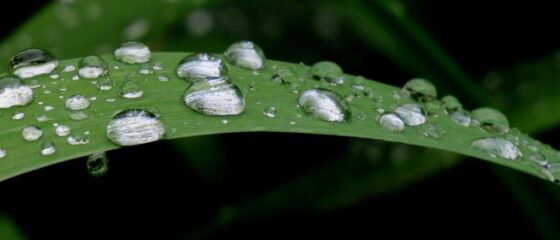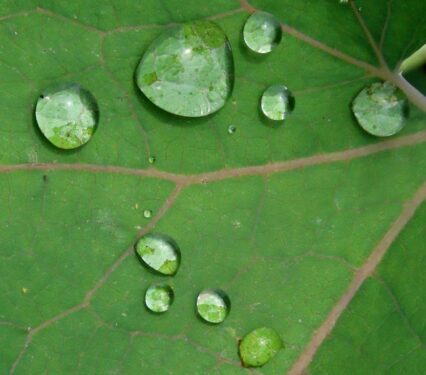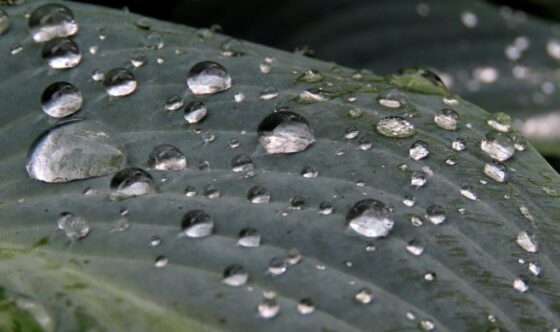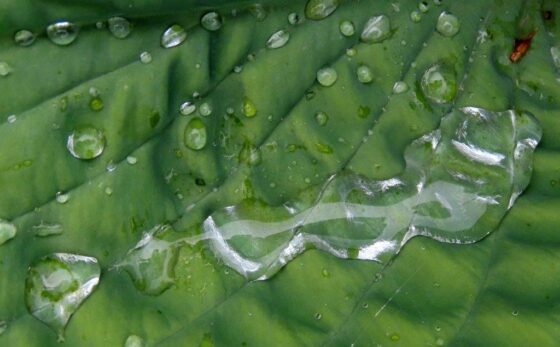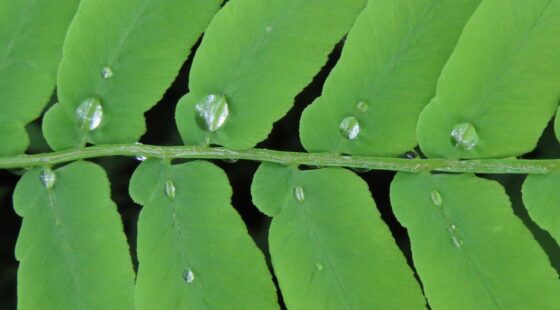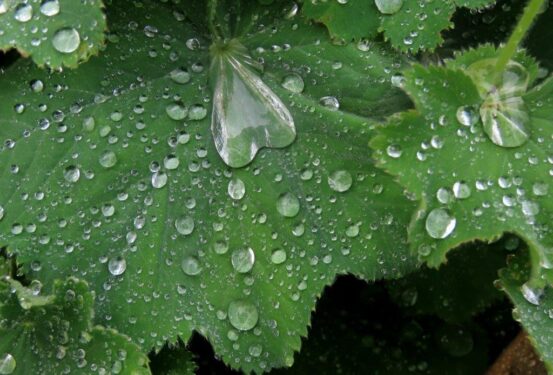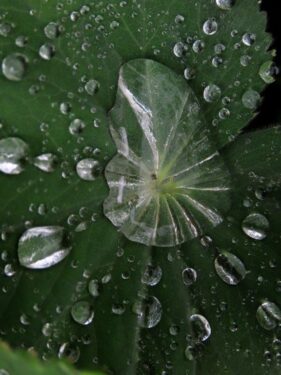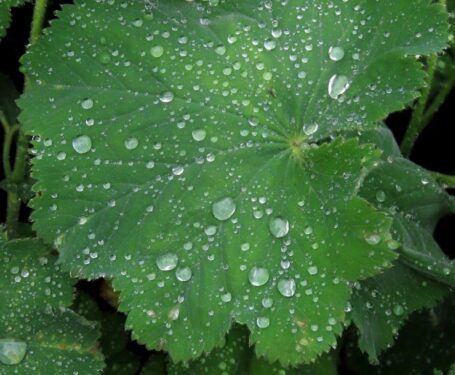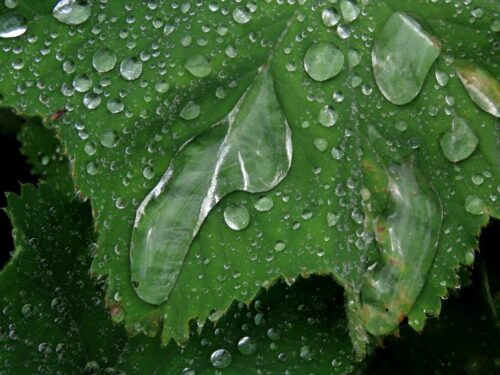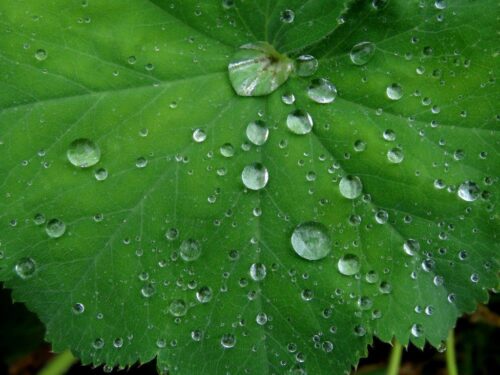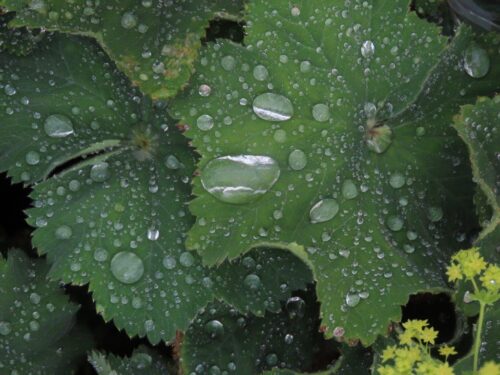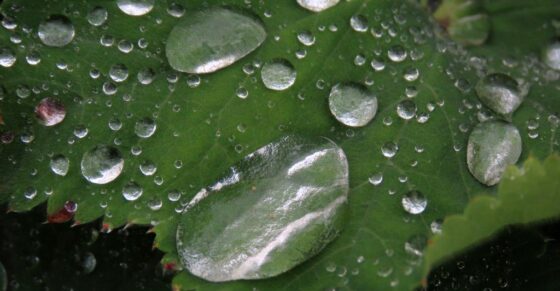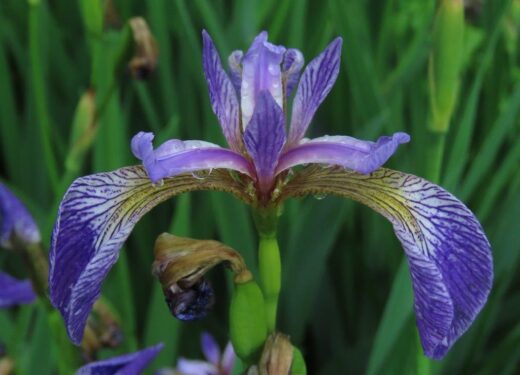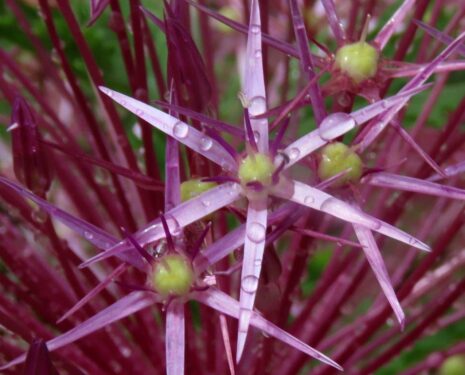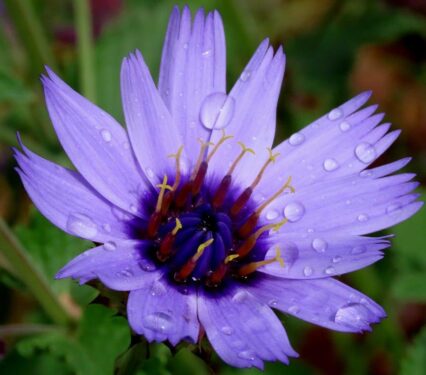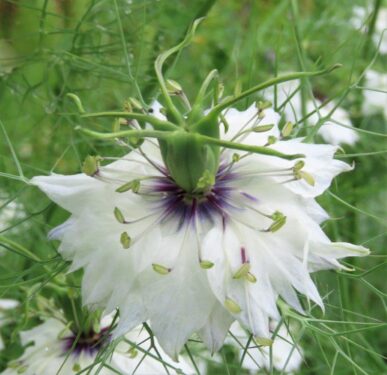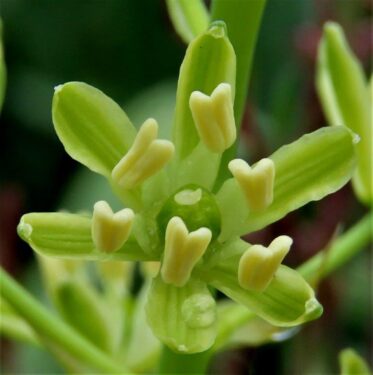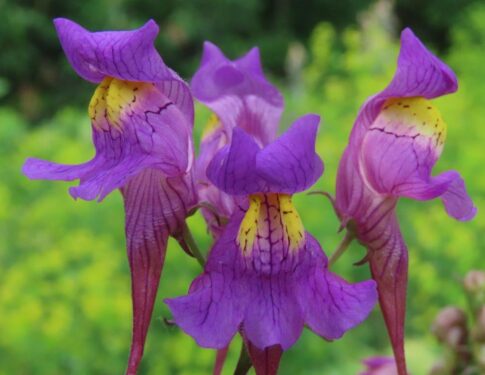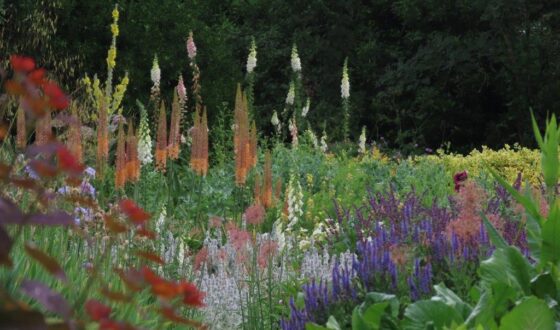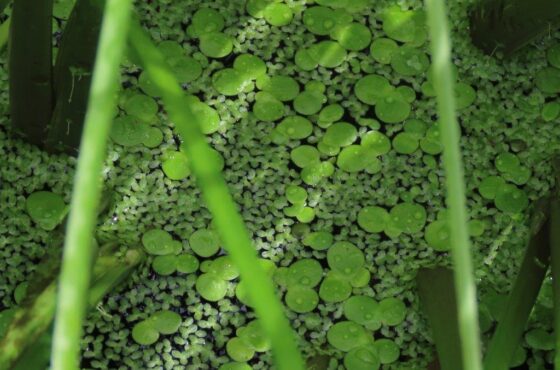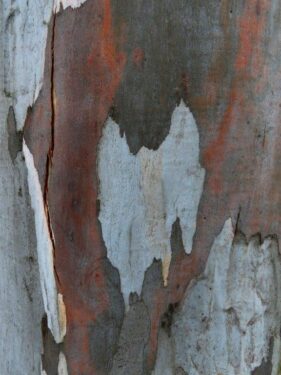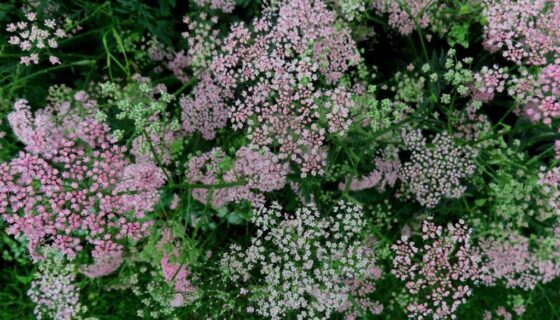Beth Chatto was, of course, a gardener ahead of her time. Inspired by her ecologist husband Andrew, she pioneered sustainable horticulture, neatly captured by the aphorism ‘Right Plant, Right Place’. Simply, if you plant the plant where it wants to be, then the less you will need to do for it, in terms of inputs.
The culmination of this approach is the Gravel Garden in the Beth Chatto Gardens. A naturally droughty site, it was planted with Right Plants – tolerant of drought, visually attractive to us and, almost universally, attractive to visiting insects, providing nectar and pollen resources throughout the year. The only inputs these plants have received are just a bucket of water as they were planted and what the skies have produced in this semi-arid corner of Essex. Little water and no chemicals: that is ecological gardening, enjoyed by thousands of people and a myriad of insects each year. Over its 20-year existence it has experienced deluges and droughts, increasingly so with climate breakdown, and still it thrives.
So when a local opportunity arose to spread this word in a practical way, Beth’s grand-daughter Julia and all the Garden team were well-placed. Just a few hundred metres down the road, a developer Lanswood had permission for a new housing estate, and they called it ‘Chattowood’….taking that name, they could hardly refuse to cooperate!
It was agreed that at the entrance to the estate, the estate landscaping and front gardens would be planted in the ‘Beth’s Gravel Garden’ style. What’s more, it was further agreed that those front gardens would be retained as part of the estate fabric and be looked after by the management company, so giving assurance that the initial investment in ecology would not be wiped out at the whim of a new householder.
With plans, supervision, help and plants from the Garden, in April 2022 the gardens were created. First the topsoil was stripped and taken away: a good move as plants that need fertile loam will also need water, fertilizer and pesticides to keep looking good. 30cm of local sand then laid on top, and the potted plants planted in, each with their last bucket of water. And apart from sporadic hand-weeding, that’s it.
I first visited in late June when, despite the very dry preceding months it was looking wonderful – and buzzing! Salvia, Gaura, Verbena, Lavandula, Buddleia, Santolina and many more blooming away, feeding the masses and starting to fill the space.
A plan was hatched for me to assess the value of these gardens for insects, in comparison with the conveniently situated next door estate, a place of new-laid turf, a few robust hedging plants and ‘lollipop’ trees. Then came the record-breaking heatwave and intensified drought. I deferred my surveys until the climatic turmoil subsided, and managed to return in mid-August. It was still warm and dry, but not too extreme either for the insects or for me to be out… Very pleasingly, almost all the new plants had survived, even though some had lost their flowers earlier than would have been expected in a more normal summer. A second set of visits in September came after the drought broke, but as the season was fading so fewer insects were evident.
I opted for simple walk-past census of the gardens, which at a very slow pace took some 15-20 minutes. Any longer and the survey would have been more subject to the issues of double-counting. Insects were assigned to major groups; only those which are readily identifiable at a glance were identified down to species level. A similar length of time was spent searching for insects in the front gardens and public areas of the adjacent estate immediately after each Chattowood survey.
A table of the results for anyone interested is available here: Chattowood survey. As hoped (and expected), the Chattowood plantings attracted a greater number of individuals and species of visiting insect. The headline summary of 120 insects recorded in Chattowood versus just 6 in the adjacent estate for the same observer effort is very telling, 20 times more insects in the purpose-planted garden areas.
Here are a some of the insect highlights (admittedly not all taken here and this year: I was too busy counting!)
Another significant point was that half of the insects recorded in the adjacent development were attracted to ‘weeds’ (specifically Bristly Ox-tongue) that dared to push their way through the drought-scorched turf. Needless to say, those flower resources were not available due to mowing after the second visit.
It will be interesting to continue this study next summer, in hopefully more normal weather conditions. It may then also attract some interest or comment from the houses that will no doubt be occupied by then. Although a very simple survey, it has produced hard data in favour of this planting approach from a biodiversity perspective. It would also be interesting to look at other measurables from the project, including costs, public perception and approval, including saleability of the new houses.
Chattowood – a tribute to Julia’s vision and persuasiveness, the hard work of the Beth Chatto and Lanswood teams, and a vision of a sustainable future for gardens and housing developments, especially living in the global greenhouse. What an antidote to the ecopathic trend for ‘plastic grass’ and the like…!
[ Also published on BNA website, see here]
Update for 2023
Monitoring of the Chattowood front gardens was continued for a second summer in 2023. Only those gardens which were originally planted in in April 2022 were included in the comparison ie those which have additionally been planted since then and were thus less mature were not surveyed.
Methodology was exactly the same as last year (see appendix, last year’s report above) except that surveys were undertaken at approximately monthly intervals throughout the summer, rather than just in August and September.
The results tabulated below indicate a similar picture to 2022, except that the imbalance between the Chatto-style gardens and the adjacent traditional front gardens was less marked. There were 233 insects counted in our gardens compared with 28 adjacent, a eight-fold difference, compared with the twenty-fold difference in 2022. The full results are available here Chattowood survey 2023. As far as the plants are concerned, I noted at different times in the season the following all being one of the focal points of interest to insects: Bergenia, Lavandula, Teucrium, Salvia yangii, Gaura and Verbena.
I would suggest that the reduced differential compared with 2022 is due to two factors:
- the early months of summer 2023 were notoriously poor for insects everywhere, and it is very difficult to demonstrate differences in value to insects when there are simply almost no insects to record, and the very few found next door assumed a magnified importance in relative terms.
- Since 2022, some of the front gardens in the adjacent comparison site have had a degree of positive planting, with for example Lavandula and Escallonia in a couple of them. Those plants (plus the occasional lawn ‘weed’) were responsible for attracting most of the insects next door.
I therefore have no concerns that the Chatto-style planting is having reduced attractivity to insects and that this in any way invalidates our faith in this approach to gardening in new estates. Indeed, I would expect the gap to close still further (subject to vagaries of the weather) as the ‘adjacent gardens’ continue to be gradually diversified.
Update for 2024
The results tabulated here Chattowood survey 2024 indicate a similar picture to previous years, except that the imbalance between the Chatto-style gardens and the adjacent traditional front gardens was less marked in both 2023 and 2024.
High-level comparison between the years:
| year | surveys | Total # insects BC-side | Total # other side | Ratio BC:other |
| 2022 | 6 (19 Aug-22 Sept) | 120 | 6 | 20:1 |
| 2023 | 6 (17 Apr – 4 Sept) | 233 | 28 | 8.3:1 |
| 2024 | 7 (7 Apr – 17 Sept) | 240 | 25 | 9.6:1 |
I would suggest that this reduced differential is due to two factors:
- For reasons perhaps related to spring/summer weather (dull, damp, often breezy) and the lack of frosts in the previous winters, the early months of summer 2023 and most of summer 2024 (until September) were notoriously poor for insects everywhere. It is very difficult to demonstrate differences in value to insects when there are simply almost no insects to record: the very few found next door assumed a magnified importance in relative terms.
- Since 2022, some of the front gardens in the adjacent comparison site have had a degree of positive planting, with for example Lavandula and Escallonia in a couple of them. Those plants (plus the occasional lawn ‘weed’) were responsible for attracting most of the insects next door.
I therefore have no concerns that the Chatto-style planting is having reduced attractivity to insects and that this in anyway invalidates our faith in this approach to gardening in new estates. Indeed, I would expect the gap to close still further (subject to vagaries of the weather) as the ‘adjacent gardens’ continue to be gradually diversified.
It is also interesting to note the arrival of ground-nesting insects in the older Chattowood sand gardens, I suspect as a crust has developed on the surface, so the holes don’t collapse. Three species at least have colonized this summer, Bee-wolf Philanthus triangulum, Ivy Bee Colletes hederae and Sand Wasp Ammophila sabulosa. The first two are not too surprising given that they have undergone significant spread from southern regions in recent decades due to climate change, but the Sand Wasp has always been here, just restricted to heathlands. It is common on the Suffolk coast, and also around Tiptree/Layer Breton and Fingringhoe Wick, but I have never seen it closer (Cockaynes Reserve would be a good candidate). Clearly, these creatures must be moving around our landscape searching for spots they can thrive.
Cathy Butcher also reported finding earthworm casts on the pure sand in autumn, and fungi growing out of it. Both are significant, indicating that organic matter is collecting in the upper layers (perhaps related to the crust that allows bees and wasps to nest). The bare sand is developing an ecology: what lies beneath the surface is adding complexity and life.
